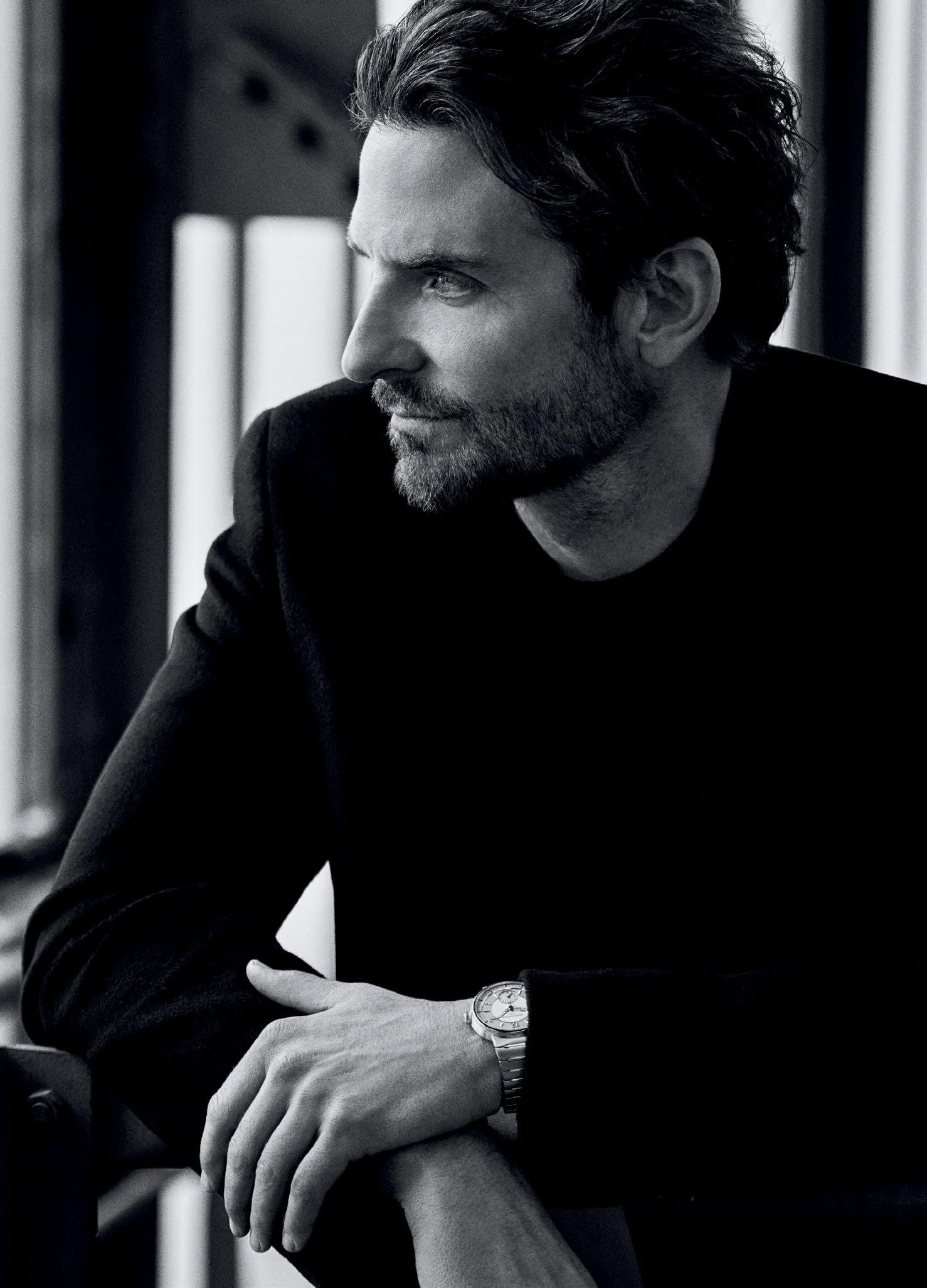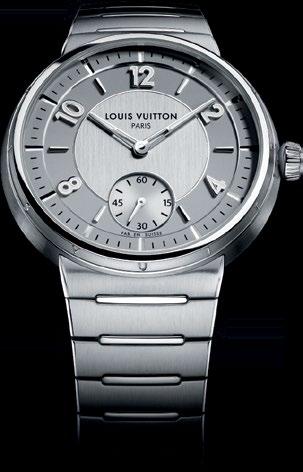Fall 2023




ALEX ISRAEL CALIFORNIA’S CONTEMPORARY ART KING
SURFERS ’ SAFARI CAPTURING THE CENTRAL COAST HEROES







Saint Laurent


































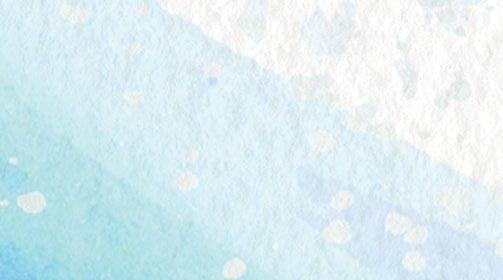









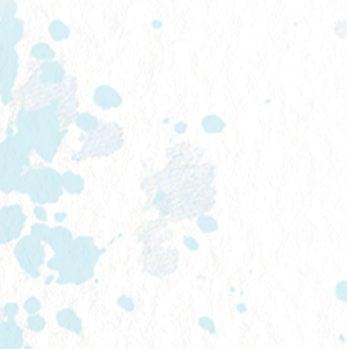



















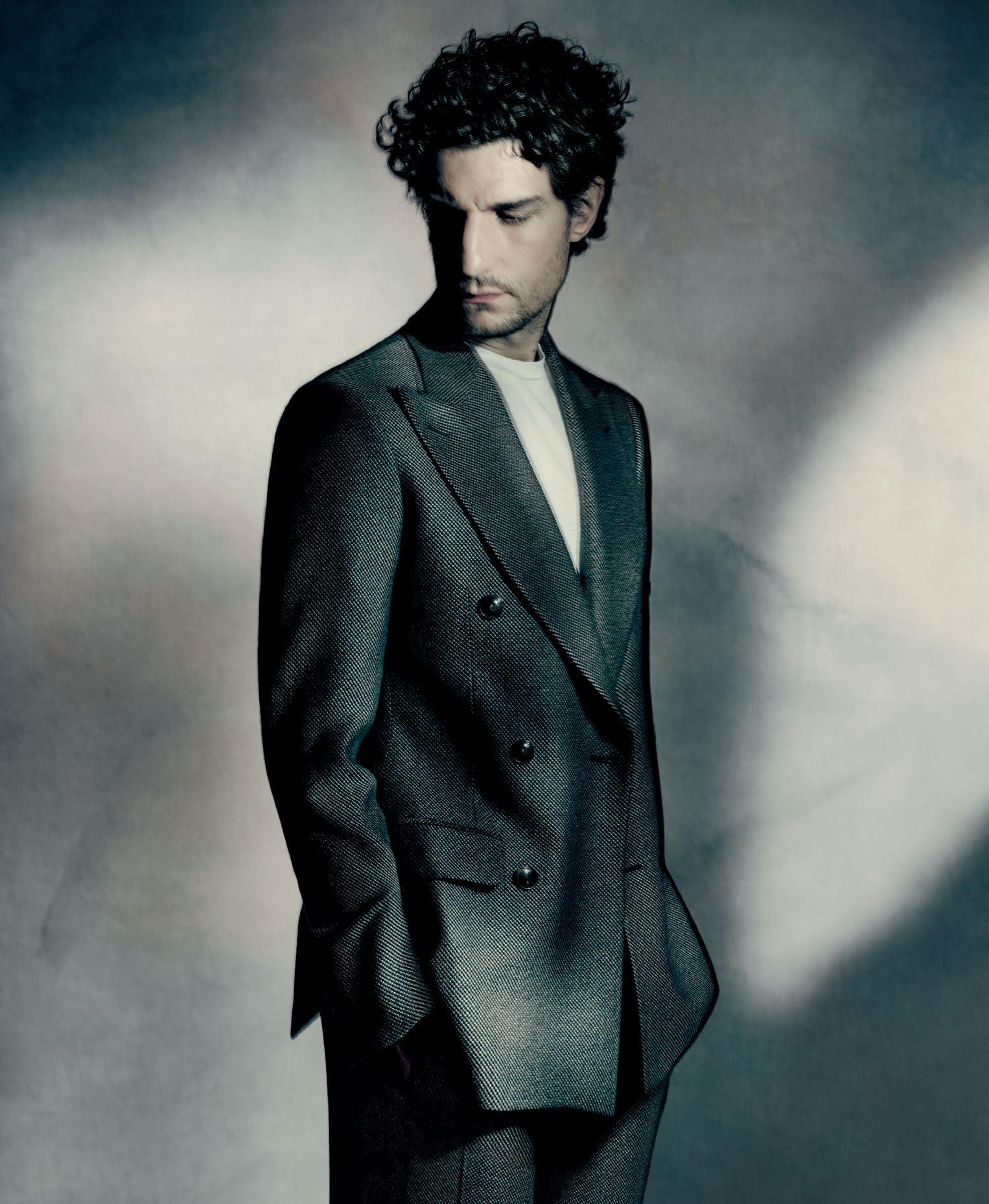





Fall 2023




ALEX ISRAEL CALIFORNIA’S CONTEMPORARY ART KING
SURFERS ’ SAFARI CAPTURING THE CENTRAL COAST HEROES















































































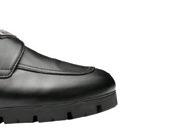







































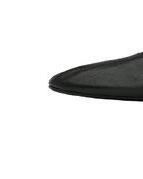
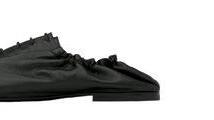



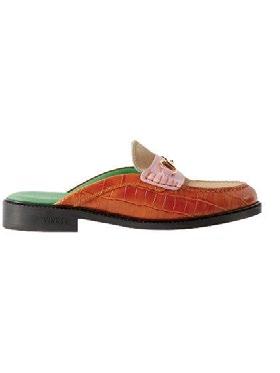









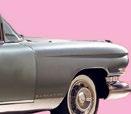

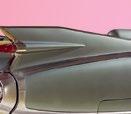
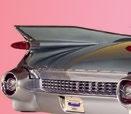
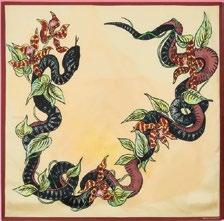
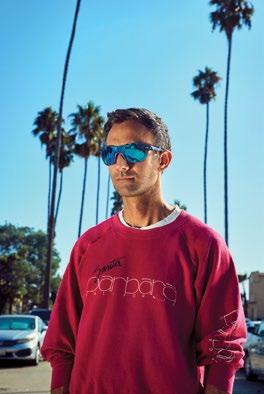

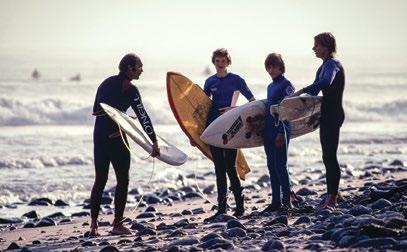
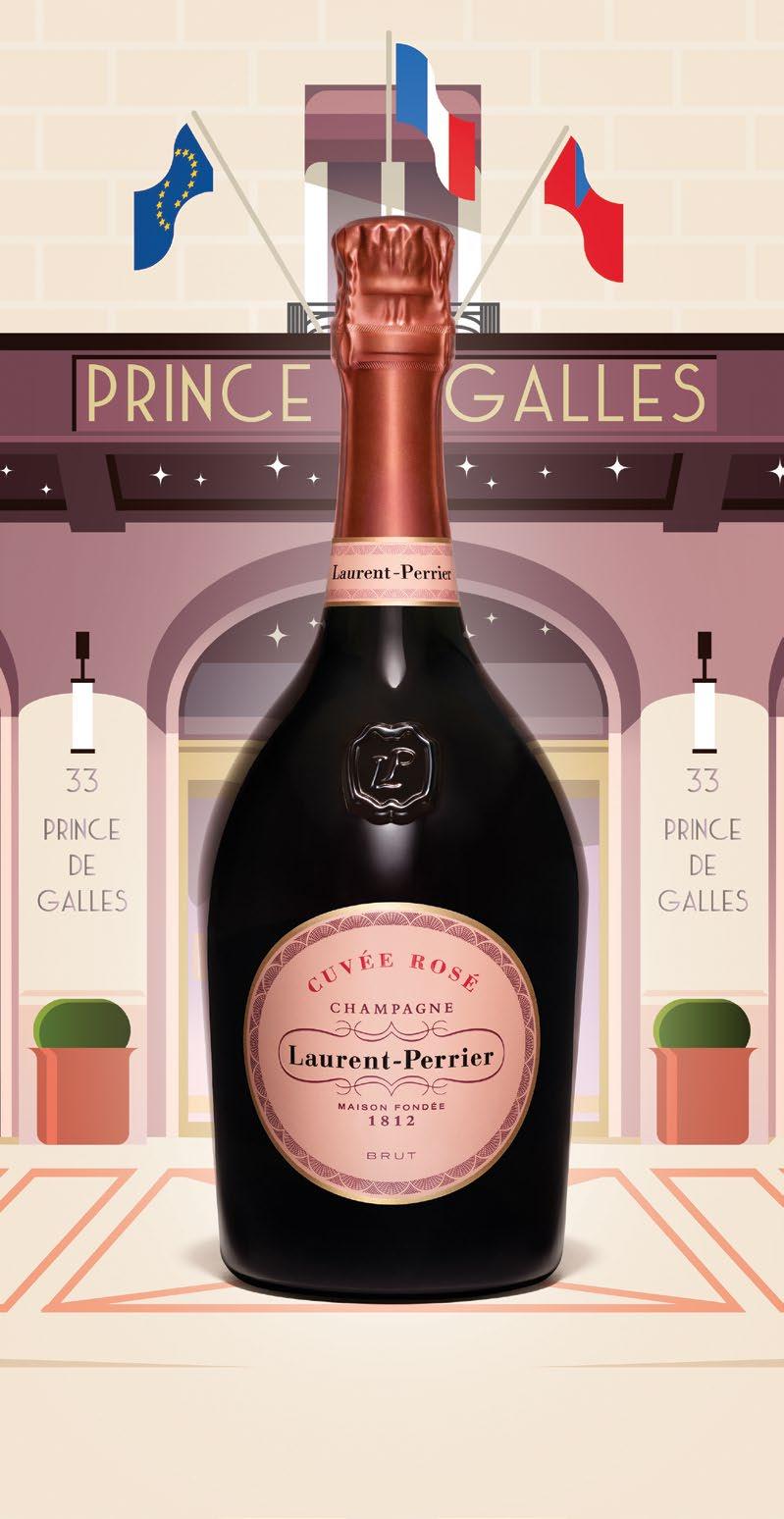





































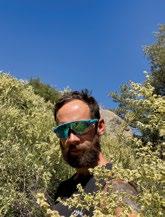
 Founder, Editorial Director & CEO JENNIFER SMITH
Editor & President
JENNY MURRAY
Founder, Editorial Director & CEO JENNIFER SMITH
Editor & President
JENNY MURRAY
Chief Content Officer ANDREW BARKER Chief Creative Officer JAMES TIMMINS
The word cool, by definition, is used to describe someone who is interesting or well liked, very good, excellent, fashionable. It’s perfect for describing a few of the personalities gracing this Men’s issue, and is probably best represented by our cover subject, the multitalented, multihyphenate Jeff Goldblum. Having acted in some of the most iconic movies of my lifetime, he doesn’t stop there. A true musician at heart, he is touring the world with his band and proving age is just a number. It was so fun to be serenaded during our shoot while Goldblum rocked out in some of the season’s sartorial finest.
And speaking of being at the top of one ’ s game, artist Alex Israel invites us into his studio for a tour of some of his great works. Israel was born and bred in L.A., and his art is all about California vibes. He pays homage to the sunny days of his West Coast upbringing, surrounded by Hollywood in all its forms and iconography. I long for one of his wave paintings, which brings me to our next feature: photographer Jimmy Metyko, whose new tome features classic moments of California surf culture, from surfboard shaper Al Merrick to world champion Tom Curren.
From actors turned singers, artists documenting our West Coast culture for the world to collect and celebrate, to icons literally “shaping” the surf culture, we have you covered for all things cool in California this fall.
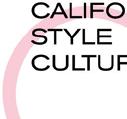 JENNIFER SMITH FOUNDER, EDITORIAL DIRECTOR AND CEO
JENNIFER SMITH FOUNDER, EDITORIAL DIRECTOR AND CEO
Andrew Vottero is a stylist and creative consultant based in Los Angeles. After an internship in the fashion department at Vogue, Vottero went on to work for GQ, Balenciaga, Fantastic Man, and The Gentlewoman.
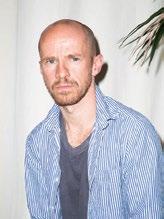

He has contributed to numerous publications. Creative direction projects include collaborations with Virgil Normal, Jacques Marie Mage, Brain Dead, and Decca Records. He is a long-term consultant and stylist to Jeff Goldblum, with whom he worked on the cover feature.
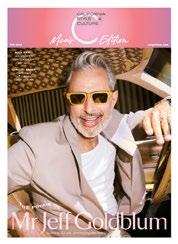
Danielle Levitt, who turned her lens on artist Alex Israel for our feature “Shore Shot” (page 48), is a film director and photographer whose work covers two decades of documenting music, art, fashion, and celebrity. Levitt puts an unparalleled emphasis on creating connection, which breaks down barriers and comes across in her work as intimacy and agency. Based in L.A. and New York, she has deep ties to culture in both cities, which influences her work as well as her creative process.
Richard Godwin interviewed Jeff Goldblum for our cover feature, “The Music Man” (page 36). Godwin is a British writer based in Bristol, although a part of him still regrets leaving Los Angeles in 2017. He has written widely for publications including the Guardian, the Times, ES Magazine, and Vogue, and is the author of the widely acclaimed cocktail book The Spirits and a weekly newsletter on the same theme: thespirits.substack .com. Godwin is working on his first novel.

Magnus Unnar, who shot Jeff Goldblum for our cover and feature, “The Music Man” (page 36), is a Los Angeles–based photographer and painter. Born in Iceland, he fell in love with image-making at a young age, leading him to London, where he went to art school and started his career. Unnar loves to capture people in their most authentic, irreverent moments. Past clients include Dior, Louis Vuitton, and Purple magazine. When not taking pictures, he can be found painting in his West Hollywood studio.
Managing Editor SARAH RUTLEDGE

Photo Editor LAUREN WHITE
Graphic Designer DEAN ALARI

Senior Editors KELSEY MCKINNON GINA TOLLESON ELIZABETH VARNELL
Publisher RENEE MARCELLO
Director Digital, Sales & Marketing AMY LIPSON
Information Technology






Executive Director SANDY HUBBARD
Sales Development Manager


































ANNE MARIE PROVENZA

Controller LEILA ALLEN
Contributors
DEREK CHARM, DANNY FORSTON, RICHARD GODWIN, DANIELLE LEVITT, DAVID NASH, MAGNUS UNNAR, ANDREW VOTTERO
C PUBLISHING
2064 ALAMEDA PADRE SERRA, SUITE 120, SANTA BARBARA, CA 93103
T: 310-393-3800 SUBSCRIBE@MAGAZINEC.COM MAGAZINEC.COM
SOUTHERN CALIFORNIA’S ULTIMATE SHOPPING DESTINATION
A. Lange & Söhne · Alexander McQueen · Alexander Wang · A.P.C. · Audemars Piguet · Balenciaga · Berluti · Bottega Veneta · Breitling · Brunello Cucinelli
Burberry · Cartier · Celine · Chopard · Christian Louboutin · Dior Men · Dolce&Gabbana · Fendi · Ferragamo · Gentle Monster · Giorgio Armani · Givenchy
Golden Goose · Gucci · Hermès · Hublot · Hugo Boss · IWC · Jaeger-LeCoultre · John Varvatos · Lanvin · Loewe · Loro Piana · Louis Vuitton Men’s · Mikimoto
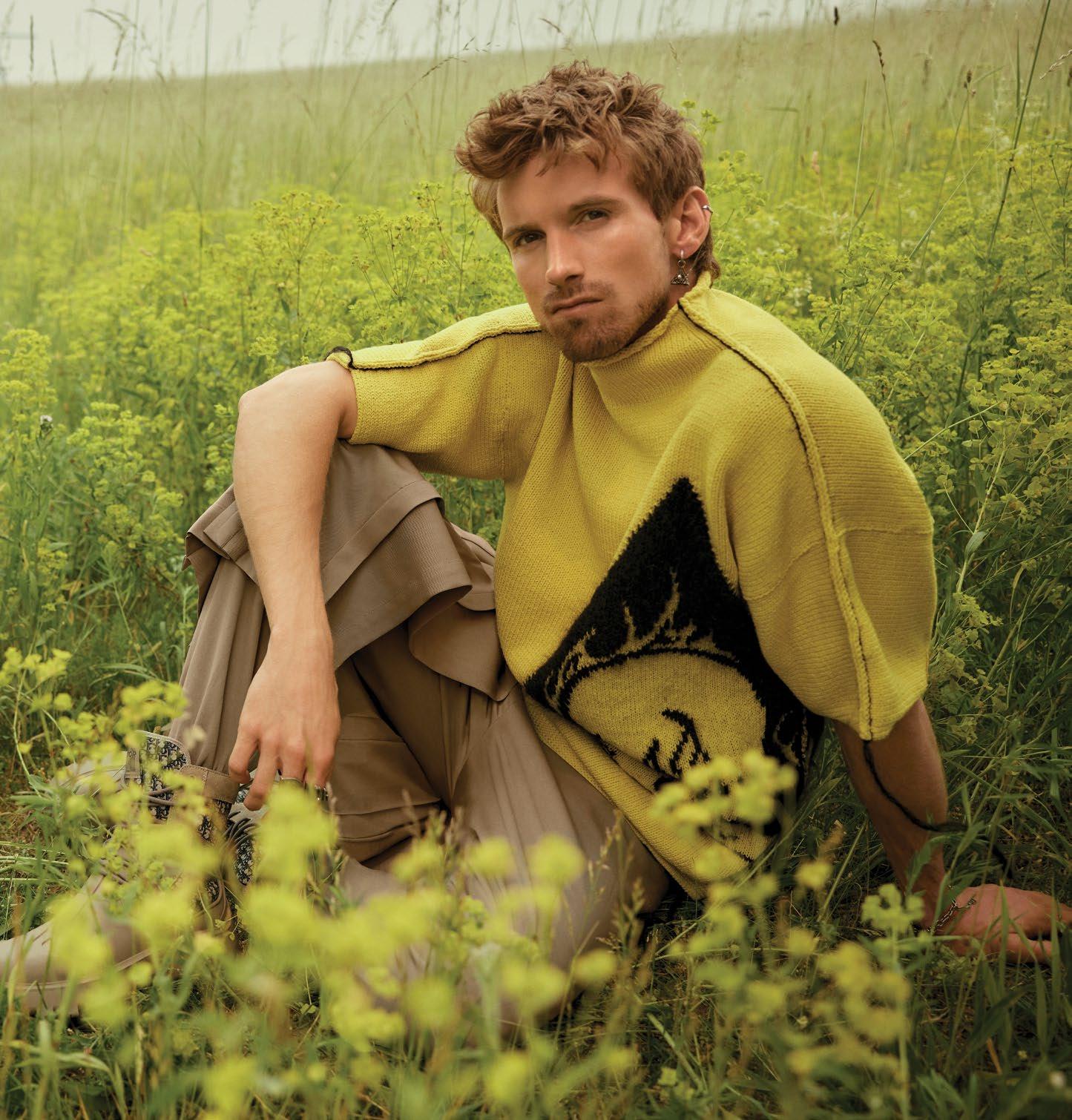
Missoni · Moncler · Omega · Panerai · Patek Philippe · Porsche Design · Prada · Ralph Lauren · Roger Dubuis · Rolex | Tourneau Bucherer · Saint Laurent
Tag Heuer · The Webster · Thom Browne · Tiffany & Co. · Tourneau · Tudor Tourneau · Vacheron Constantin · Valentino · Van Cleef & Arpels · Versace · Zegna
Hip-hop impresario Pharrell Williams’ biggest fashion news of late may be his role as creative director of menswear at Louis Vuitton, but don’t let that overshadow his impressive collaboration with MONCLER, known for its streamlined and supremely stylish padded winter coats. Williams’ collection for the Italian brand’s Genius line is a utilitarian-minded homage to the great outdoors. Most of the items are made from weather-resistant technical fabrics and designed with functionality in mind — like convertible pants that zip off to shorts, jackets that turn into vests, and blankets that can be worn as ponchos. The offering is rounded out with ribbed sweaters, cargo pants, and bucket hats. Go take a hike? Definitely yes. moncler.com. M.B.








































Long before Tom Ford or Alessandro Michele got into the footwear game, GUCCI had the horsebit loafer. And although the word iconic is bandied about too frequently in the fashion industry, in this case it’s apt for the elegant slip-on shoe with its equestrianinspired metal detailing that looks both trendy and timeless. This year the beloved shoe turns 70 years old — happy birthday; you look great! — and to celebrate, the brand is unveiling a capsule of five styles that playfully riff on the recognizable designs, including a square-toed model, called the Zoid; the Jordaan, which has flashy gold tassels; and the Kild style, with the horsebit wrapped in sumptuous leather. For a septuagenarian, the loafer looks as fresh as ever, and this collection proves it has plenty of room to grow. gucci.com. M.B.




The luxury giant Zegna, overseen by creative director Alessandro Sartori, is known for its deep, generationspanning expertise with wool. And yet the tony Italian label seems to be in the thrall of Southern California cashmere, tapping the L.A.-based brand THE ELDER STATESMAN , known for its way with soft, pliable cashmere and run by easygoing surfer Greg Chait. Both men are textile obsessives, and their output marries Italy’s dapper style with L.A.’s more freewheeling attitude. The result is a genderless, effusive collection of bright, cozy knit tailoring; bohemian tie-dyed coats; textured waffle-weave
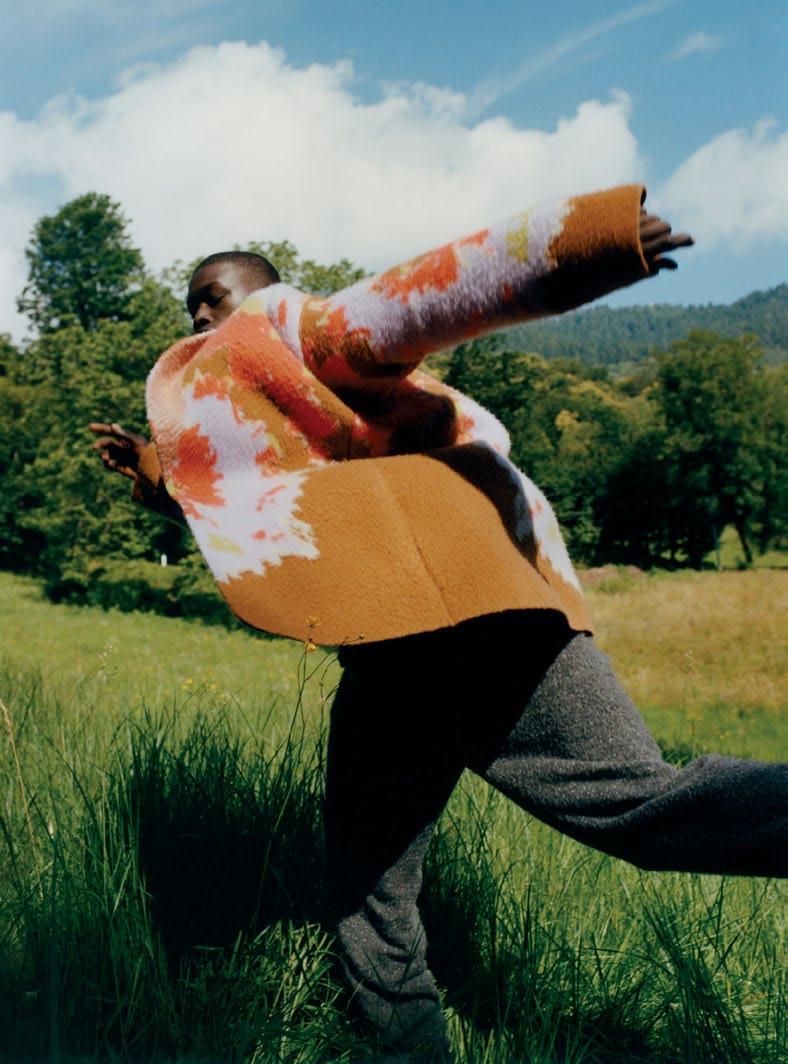

“For centuries, aromas and spices have imbued the daily, private and official lives of many ancient peoples,” says Italian designer BRUNELLO CUCINELLI. “They viewed them as an integral aspect of beauty and culture.” Inspired by the rich history and diverse scents of the Umbrian countryside, Cucinelli debuts his first fragrances. Brunello Cucinelli Pour Homme’s key ingredient is the essence of cypress, combined with juniper, angelica, black pepper, ginger, and Calabrian bergamot, enhanced with a soft hint of patchouli and amber. There’s also a women’s scent with chestnut essence at its heart. Created in Solomeo, a 14th-century hamlet in Umbria where his company is headquartered, Cucinelli puts it all in perspective when he says, “a touch of perfume is like a caress.” $210. shop.brunellocucinelli.com K.A.



























collared polos; and plaid jackets that are urbane, whimsical, and just a touch woo-woo — in the best possible way. elder-statesman.com. M.B.







Strategically situated between the Santa Rosa Mountains and the Indian Wells Golf Resort, the new TOMMY BAHAMA MIRAMONTE RESORT & SPA brings a slice of island style to the Coachella Valley. This venture marks the brand’s first foray into hospitality, featuring three saltwater pools (one of which is surrounded by pink lounge chairs and umbrellas), private cabanas, and a new poolside menu from Chiki Palm featuring bagged tiki craft cocktails and fresh bites served in bento boxes. The 12,000-square-foot Spa Rosa beckons after a day on the links before dinner at Grapefruit Basil. And, yes, there is a boutique on site should you need an extra polo. 45000 Indian Wells Ln., Indian Wells, 855-820-0744; tommybahamamiramonte.com. K.M.

The so-called atelier of dreams at HERMÈS, led by creative director Axel de Beaufort and a team of visionary artisans, engineers, and designers tasked with creating the most unique objects imaginable, is touching down at the South Coast Plaza. The on-site pop-up introducing Sur-Mesure’s world of unique skateboards, paddle boards, pool tables, jukeboxes, DJ booths, and even customized interiors of vintage and new cars gives new meaning to the term bespoke. Also in Costa Mesa, Paris-based leather maker BERLUTI’s newly relocated boutique is filled with its impeccable shoe designs and a fall collection revolving around four chapters of staples combining sprezzatura, advanced craftsmanship, and sportswear. Hermès, 3333 Bristol St., Costa Mesa, 714-437-1725; hermes.com. Berluti, 3333 Bristol St., Costa Mesa, 714641-3582; berluti.com. E.V.

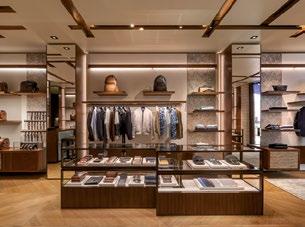









Fine fabrics and casual cuts come together in laid-back luxury looks that are anything but loud
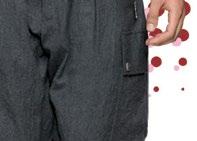

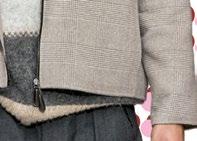
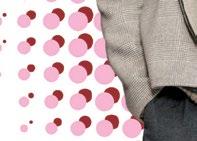
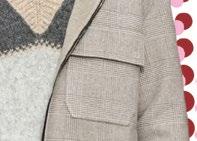
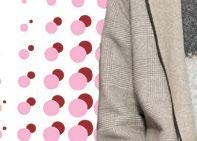








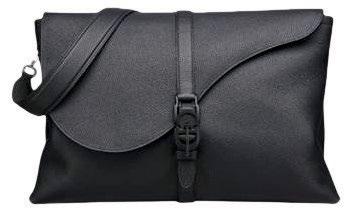
































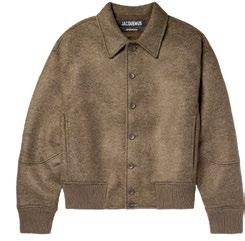

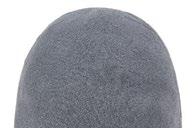








 EDITED BY ANDREW BARKER
EDITED BY ANDREW BARKER















Clockwise from top: The Space Age-y Theme Building at LAX is the perfect backdrop to park the aerodynamic 1963 Chevrolet Corvette-C2 Sting Ray; in 1961, holed up in a rental house just outside Palm Springs, Raymond Loewy and his team redesigned the Studebaker Avanti with an unusual grille-less nose panel; inspired by Lockheed Martin’s P-38 Lightning, the headturning Cadillac Eldorado Biarritz measured 19 feet long and was adorned with theatrical tail fins that stood 45 inches tall on either side.
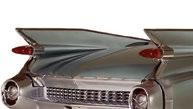
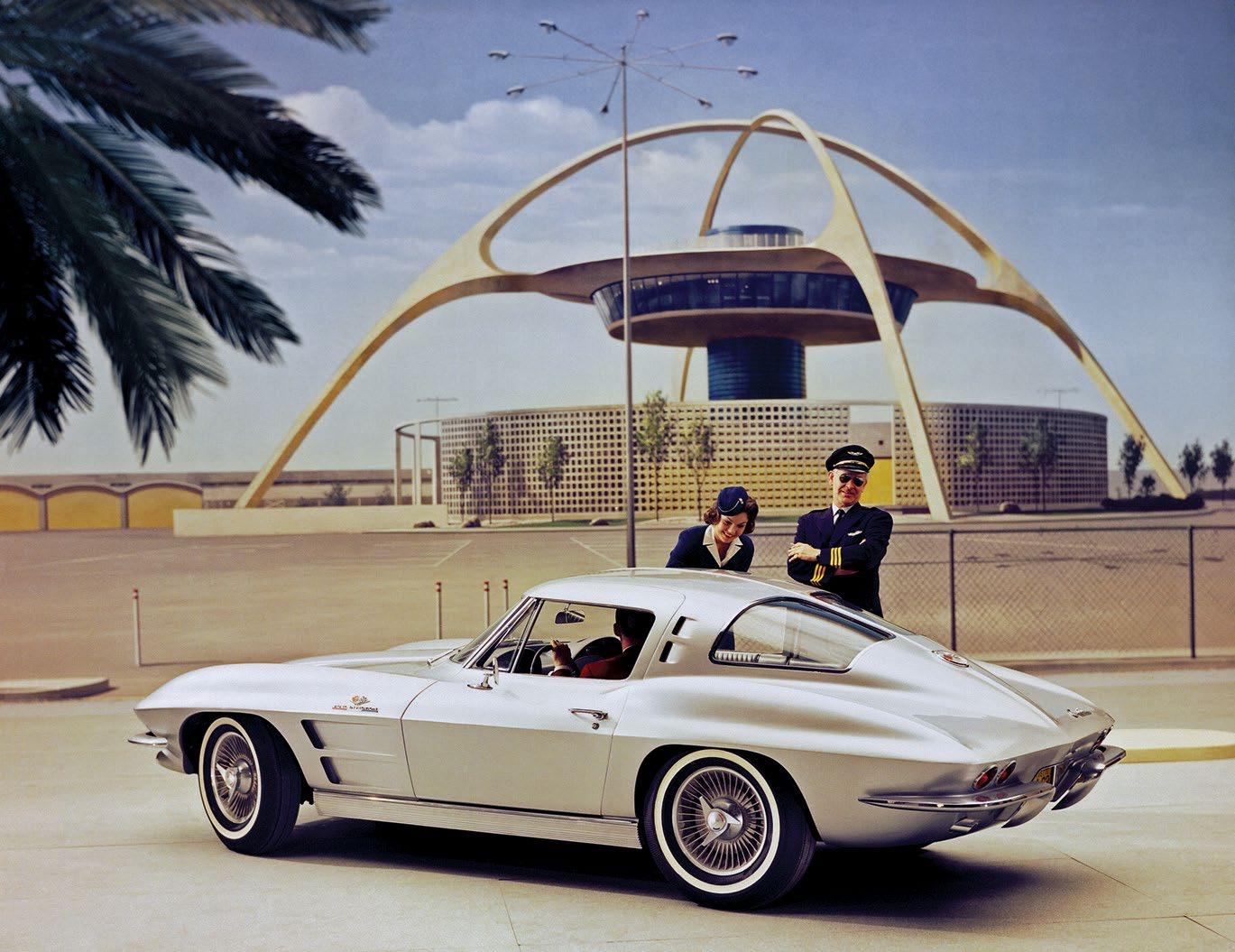
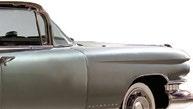 WORDS BY KELSEY MCKINNON
WORDS BY KELSEY MCKINNON
Last year, at the Mercedes Benz Museum in Stuttgart, Germany, the famed auto haus auctioned off one of its two legendary 955 300 SLR Uhlenhaut coupes for $143 million. The vehicle became not only the most expensive car ever sold, but also one of Sotheby’s priciest lots of all time. This month, the iconic roadster resurfaces on the pages of a luxurious new tome, The Atlas of Car Design: The World’s Most Iconic Cars (Phaidon, $150), in which author Jason Barlow offers a vast, encyclopedic survey of the evolution of car design throughout history.
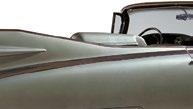
Featuring more than 650 rides from over 190 manufacturers and 30-plus countries, the meaty compendium celebrates the good, the bad, and the ugly (recall the Pontiac Aztec from Breaking Bad ). Here cars are presented and celebrated as works of art, from the Volkswagen Beetle (the best-selling car of all time) to Elon Musk’s much-hyped Tesla Cybertruck and the Jaguar E-Type, which is an actual piece of art now residing in the permanent collection of New York’s Museum of Modern Art.


In the land where car culture is always thrust into high gear, leafing through these pages may be the next best thing to actually buying a new machine.




MARIAN GOODMAN GALLERY is opening a Hollywood outpost with a solo show for artist and filmmaker Steve McQueen. Architectural firm Johnston Marklee reworked a 1920s warehouse into skylit galleries, a landscaped garden, and viewing rooms for McQueen’s immersive video installation, Sunshine State, which is having its American premiere The Academy Award–winning actor, who has also won a Turner Prize, uses monochromatic bits of Hollywood’s first talkie, The Jazz Singer — the 1920s film featuring Al Jolson, who performs in blackface — and imagery of the fiercely burning sun to tell a story McQueen’s father recounted about his early days as a migrant worker. On view through Nov. 4. 1125 N. Hudson Ave., L.A.; mariangoodman.com. E.V.

Los Angeles–based and -made brand YONY has relocated to the buzzy Platform shopping center enter in Culver City. The label, founded by Johnny Schwartz in 2020, is known for its smart, modern take on definitive menswear styles of the 1950s — think piped camp-collar button-ups, varsity jackets, boxy harrington zip-ups, and easy straight-leg corduroy pants. Schwartz is a stickler for details, apparent in the fine-tuned updates he imparts into the fits and fabrics, and has found an audience with style-savvy Angelenos like Dwyane Wade and Justin Bieber. The new shop, designed by Studio Ralph, channels that same midcentury-meets-modern vibe, perfect for lingering customers — and we predict there will be many. yony.com. M.B.



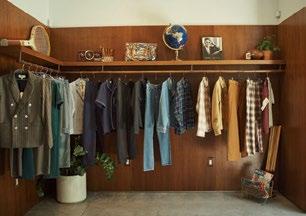
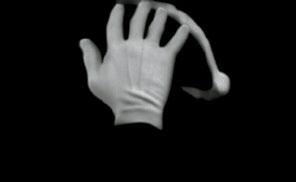
PANERAI revisited its roots while developing the Radiomir California, a 47mm timepiece inspired by a diver’s watch developed in the 1930s at the request of the Italian Royal Navy. Its hand-wound mechanical movement, stainless steel case, and distinct combination of Roman numerals, Arabic figures, and hour markers are paired with a brown oiled-calf strap. The maison has also debuted a new Navy SEALs–inspired collection of five timepieces, a collaboration with the adrenaline-fueled elite American special operations force, at two just-opened California boutiques in Palo Alto and Topanga. Both shops glow with luminescent clocks, a nod to the watchmaker’s Super-Luminova fluorescence. 6600 Topanga Canyon Blvd., Westfield Topanga, Canoga Park, 818-936-6001; 660 Stanford Shopping Center, Palo Alto, 650-815-2176; panerai.com E.V.


















It should come as a surprise to absolutely no one that Jason Momoa is a big fan of the motorcycle — HARLEY-DAVIDSON, to be exact. First, there’s the fact that the six-footfour-inch Hawaiian actor posts about riding frequently and enthusiastically, but motorcycles just seem like exactly the sort of thing the long-haired, tattooed musician and jiu-jitsu practitioner would be very, very into. Indeed, Aquaman loves riding his Harley so much that he’s worked on a line of devastatingly cool clothes that evoke the likes of James Dean and Marlon Brando from their bad-boy heydays. The On the Roam collection consists of easy, laid-back workwearinspired pieces like hoodies, broken-in T-shirts, canvas cargos, tank tops, and Henleys in a palette of muted neutrals and earth tones and durable yet comfortable fabrics. Each item has a badass versatility — you could easily picture yourself wearing it on a back of a hog while cruising up PCH. harley-davidson.com. M.B.





You might have seen them gliding on the shores of Malibu and the Côte d’Azur: With minimal negative impact on marine environments, the nascent sport of Electric Foiling (eFoil) is growing as fast as its technology is advancing. This year FLITEBOARD has released its series 3 collection of eFoils with upgraded weights, shapes, and new colors, including a metallic gold and a matte coral. The five-year-old Australian company, born in Byron Bay, now has the world’s lightest performance eFoil board (and lightest lithium-ion battery), with up to 45 minutes of ride time — provided you can get yourself up all right. With plenty of improvements across the fleet, such as longer masts to tackle bigger waves and a Dual Drive model that shifts between propeller and jet propulsion in seconds, there’s plenty to choose from, regardless of your ability — including the entry-level fiberglass model, which starts at $9,995, and the easy-to-learn scooter. fliteboard.com. A.B.






At the heart of Avi Brosh’s Palisociety, an evolving collection of hotels and residences, is the idea of a fabulously posh home away from home. Now Brosh unveils his most personal project yet, a bed-and-breakfast concept dubbed LE PETIT PALI, which recently bowed with two locations in the coastal enclave of Carmel-bythe-Sea. On Ocean Avenue, a moody 34-room English-inspired beach cottage is complete with roaring fireplaces and vintage artwork. A few blocks south, a sister property on 8th Avenue is home to 24 guest rooms in a classic California Craftsman–style property surrounding a central courtyard. Every guest room is equipped with Diptyque amenities, Bellino fine linens, plush robes and slippers, and Marshall speakers. Look for equally charming Le Petit Pali locations set to open in Brentwood and Laguna Beach in the months to come. palisociety.com. K.M.
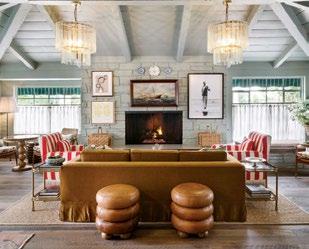
Bob Iger has shelved projects and raised prices at Disney+ and Hulu in a desperate bid to push the division into the black.
CEO David Zaslav of Warner Bros. Discovery, owner of HBO and the Max streaming service, said the era of “spending money with abandon, while making a fraction in return [was] deeply flawed.” And the model is failing more than just the studios.
Strikes by both the writers’ and actors’ unions have ground production to a halt as Hollywood talent tries to reverse the business model changes that Netflix normalized: paying for shows upfront but offering little to no residuals even if a show becomes a hit. Typically writers and actors received healthy payouts when films or TV shows were successful and sold to other platforms. Fran Drescher, president of SAG-AFTRA, the actors’ union, delivered a fiery speech against studio heads in July when the actors’ union announced its walkout.
“The entire business model has been changed by streaming,” she said. “If we don’t stand tall right now, we are all going to be in trouble. You cannot change the business model as much as it has changed and not expect the con-
Picture it: The dying days of summer 2026. You turn on Disney+, but before you settle in to watch the Baby Yoda prequel everyone is talking about, you place a wager on the Rams game via Disney’s online sportsbook, ESPN Bet. Your kids couldn’t be less interested. Instead they fire up Netflix on their PC to play one of the streaming giant’s rapidly growing catalog of video games.
This scenario may sound strange, but it is the future — except perhaps the Baby Yoda picture — that Hollywood’s biggest players are plotting as they grapple with a startling reality: The golden era of streaming is over.
Over recent years, Hollywood and Silicon Valley lavished tens of billions of dollars on pumping out original series to fill the carousels of the sudden surplus of streaming services. That orgy of spending was a boon for both the viewing public and Hollywood talent, yielding popular and critically acclaimed shows, from Game of Thrones and
The Mandalorian to Better Call Saul and The Morning Show. But it turns out most of those investments were, at best, questionable.
Disney went from zero to 164 million subscribers in three years,
but at an immense cost. Its streaming operation has lost $2.2 billion in the first nine months of its financial year, and subscribers have fallen steadily from last year’s peak to 147 million. Reinstated chief executive
Their sense of urgency is understandable. Last year Netflix revealed the first drop in subscribers in more than a decade. To reverse it, they managed a couple of one-off tricks: cracking down on password sharing (forcing many people to pay for a service they had been getting free) and launching a cheaper ad-based tier. Users jumped from 221 million to 238 million, and profits exploded — but such power moves are not repeatable, and both big and small streamers have realized the market is approaching saturation.
Disney’s Iger seems to agree. “We grew this business really fast, really before we even understood what our pricing strategy should be or could be,” he said. Since it launched in 2019, Disney’s streaming operation has piled up more than $11 billion in losses.
When Iger came out of retirement to retake the helm, sorting out upside-down finances was at the top of his list.
He is also looking for new money-making avenues, like gambling. In August, ESPN, the media giant’s network that broadcasts all the major sports, announced a whopping $1.5 billion, 10-year deal with Penn Entertainment to
tract to change.” Studio heads, however, are in no mood to hand out bigger slices of the pie to writers and actors. The expectation now is that a hardened few, led by Netflix, will be left standing while also-ran services shut down or merge to stay alive.
Amid that impasse, streamers are scrambling to figure out the next money-making act. In August of this year, Netflix doubled down on a video-games strategy. It announced a pilot program in Canada and Britain where users are testing a new streaming video game service. They can play from inside the Netflix app on a PC or on television, using a mobile phone as the controller.
Netflix started experimenting with games two years ago, when it began offering mobile games to its subscribers. Last summer it was revealed that less than 1 percent of Netflix users played the games daily. Nonetheless, Reed Hastings, Netflix’s executive chairman and co-founder, and chief executive Ted Sarandos are betting they can carve out a beachhead in the $250 billion global gaming market.

create an online sports betting operation, ESPN Bet. Penn will run the sportsbook and pay ESPN $150 million for the right to use its name.
The move raised eyebrows, coming from a company so wedded to its family-friendly image. But these are strange times. Weeks after Drescher lambasted studio executives, she joined Cameo, the company that allows anyone to pay celebrities for quick, personalized videos. Amid reports of stars selling their homes to make ends meet, Cameo has seen a surge of more than 2,400 celebrity signups. It’s the biggest increase since the pandemic, and a searing example of the fallout from the end of a golden age.
For Netflix, the company that started it all, its success in upending one industry means it is back to square one, attempting to pull the trick again in a new arena. At a conference this year, Hastings was asked whether he was interested in getting into live sports broadcasting. “Talk to us after we’re a big leader in games,” he said. “We have a lot of investment to do there.” X
» Netflix is testing a video game service that users can play from inside the app or on a PC using a phone as the controller «
Streaming giants are betting big on video games and gambling







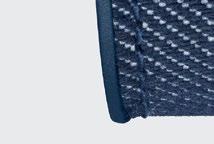
































PILOT’S WATCH CHRONOGRAPH 41 TOP GUN OCEANA
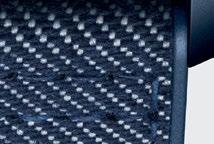


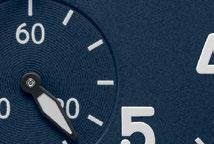
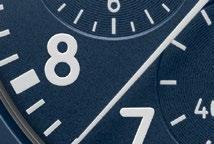



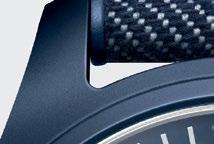

When it comes to chronographs, we have been setting ourselves the highest standards for more than four decades. The new Pilot’s Watch Chronograph 41 TOP GUN Oceana combines the IWC-manufactured 69380 calibre with a hard and scratch-resistant case in eye-catching marine blue ceramic, exemplifying IWC’s extensive expertise in advanced performance materials.
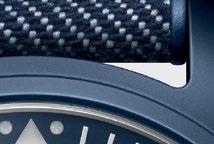
IWC SCHAFFHAUSEN BOUTIQUE SOUTH COAST PLAZA
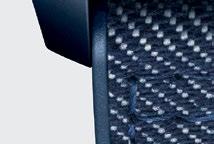
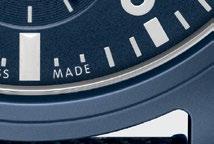


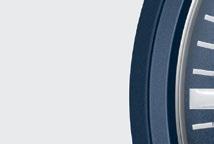

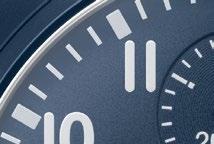


The reports of the death of the suit have been greatly exaggerated — savvy shoppers still gravitate toward it, even after the pandemic. LOUIS VUITTON is all too aware, and the brand has released a collection of subtle, sensual tailoring attuned to the realities of a world in the thrall of quiet luxury. This new collection, dubbed “LV New Formal,” is filled with details that must be seen up close and in person to be truly appreciated: single button jackets with straight-leg trousers in subtle hues of charcoal and navy and patterns that play on boardroom tradition (tone-ontone stripes) and the brand’s own legacy (a playful jacquard riff on the signature damier ébène motif, most commonly found on their leather bags). Talk about a power suit. louisvuitton.com. M.B.
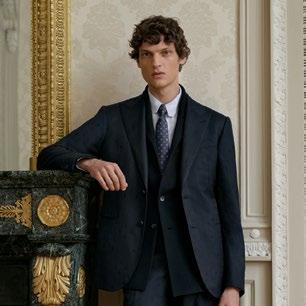

Frank Gehry, nonagenarian architect of the undulating walls comprising the LOS ANGELES PHILHARMONIC’s Walt Disney Concert Hall and the mind behind the renovation of the organization’s youth-focused Beckmen YOLA Center in Inglewood, is top of mind at this year’s annual gala concert on Oct. 5. The L.A. Phil is marking the 20th anniversary of the venue’s opening by honoring Gehry with performances by equally bold musical innovators, from Esa-Pekka Salonen and Lucinda Childs to Herbie Hancock, H.E.R., and its own music and artistic director, Gustavo Dudamel. Also debuting are two exhibitions, running through Oct. 29, created in partnership with the Getty Research Institute. Six architectural models highlighted in Modeling Sound give a glimpse into Gehry’s singular practice, and Sculpting Harmony includes more than 150 models, sketches, and photographs documenting one of L.A.’s most polished landmarks. 151 S. Grand Ave., L.A., 323-850-2000; laphil.org. E.V.








Kato, whose experience in French cuisine makes him a master of sauces and sweets. Ingredients are as premium as they come, sourced from both California and Japan.
The concept is omakase, so the chef decides the dishes on the menu and the attention to detail is felt throughout the experience, from the seamless service to the photogenic presentation. Even the hand-picked tea leaves are sourced by Mitsue’s wife, and the sake sommelier can guide you through the extensive selection.
“We were both born and raised in Los Angeles and grew up loving the Rams,” says hospitality magnate John Terzian, who cofounded The h.wood Group with Brian Toll. When the Rams moved to Sofi Stadium, the pair decided to reimagine BOOTSY BELLOWS, their landmark club on Sunset Boulevard, as a 2,000-square-foot field-level experience catering to their A-list clientele. “The lounge emulates the vibe of our original Hollywood location: a modern-day rat pack combined with Berlin’s Weimar culture,” says Toll. VIPs are escorted to the lounge, where they will find a private bar, a lavish buffet, a DJ, private bathrooms, and, most important, says Toll, “a space where they can relax and enjoy the game or show without the glare of the spotlight.” hwoodgroup.com. K.M.
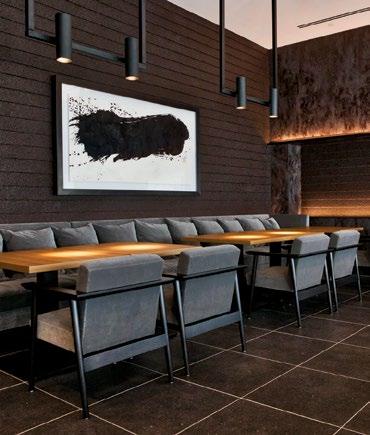
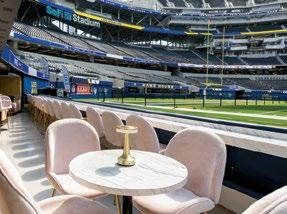
Next to the Dolby Theatre sits a restaurant quite unlike anything else in Los Angeles. Walking into the serene space — hued in charcoal and warm wood accents, with lantern-style lights and bonsai trees — it’s as though you’ve crossed a portal into Japan. But peer through the picture windows and you’ll notice the glow of the Boulevard below and the towers of downtown in the distance. UKA is a little slice of Tokyo, but in the heart of Hollywood.
6801 Hollywood Blvd., L.A.; ukarestaurant.com. A.B.



05.
The name is inspired by Ukanomitama-no-Kami, the ancient Japanese god of grain and fertility, and the restaurant observes the kaiseki tradition that involves a multicourse meal, presenting each dish as though it were a work of art. Indeed, the hairy crab dumpling, delicate sashimi tower, and grilled plate of Washugyu beef ribeye and a Wagyu filet mignon are a sensorial feast, delighting the eyes almost as much as the taste buds.
Under the guidance of chef Yoshitaka Mitsue, the kitchen applies his time-honored aging and curing methods — skills he honed in the fish markets of Japan — to its premium seafood. Alongside Mitsue is chef Shingo
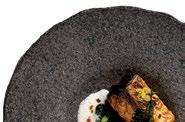
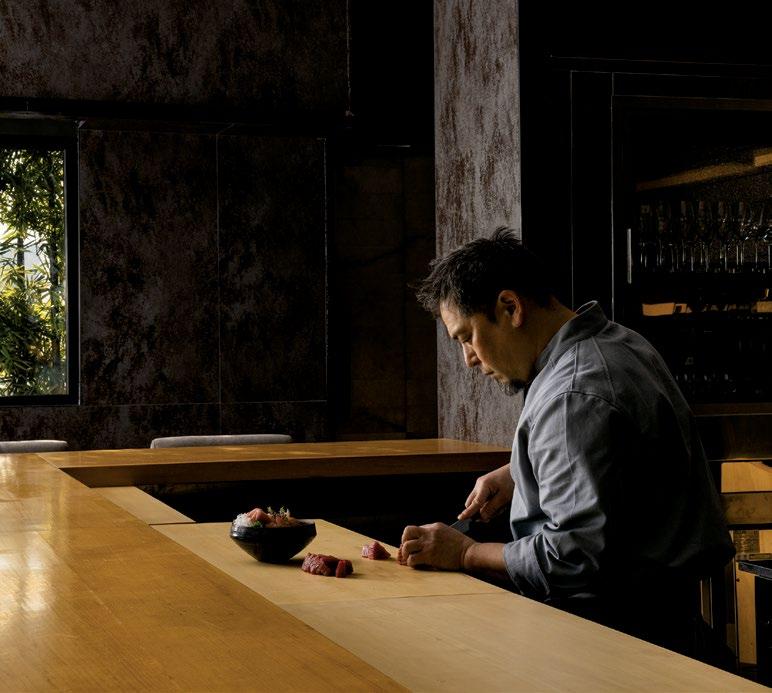






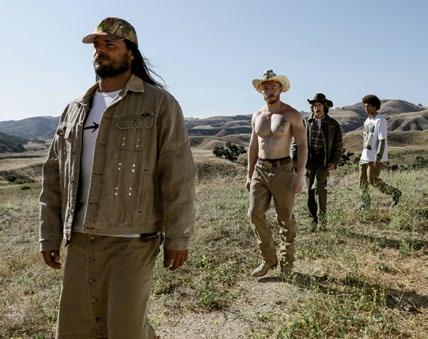




Designer Spencer Phipps was born and raised in Northern California, studied fashion at New York’s Parsons University, and worked for the brands Louis Vuitton and Dries Van Noten in Paris and Antwerp, respectively. But last year, the tattooed and bearded designer returned home to the Golden State. The change of scenery inspired PHIPPS’ latest collection, Weird Americana, a swaggering, sexy take on archetypal western wear, including denim with leather chaps, plaid boxer shorts, ribbed tank tops worthy of a desert ranch hand, tough-wearing shirting, studded trucker jackets, fleece pullovers, and camouflage thermals. Additionally, the line features Phipps’ ongoing collaboration with Pendleton using upcycled textiles, which gives everything a lived-in, life-on-the-frontier energy. Yee-haw. phipps.international. M.B.



In a nod to his inaugural initiative with the United Nations World Food Programme, MICHAEL KORS is marking a decade of Watch Hunger Stop campaigns with a new special-edition watch. This year the timely ticker’s face has a globe design, a reminder of our interconnected world and the WFP’s work providing much-needed school meals to children in foodinsecure regions. Over the past decade, Kors’ support has helped deliver more than 30 million meals, and he is bringing back familiar faces like Halle Berry and Kate Hudson, both of whom have visited WFP-supported communities. Organic cotton T-shirts and sustainable canvas bags mark the beginning of a new collaboration between Kors and Swiss creative agency Sang Bleu, led by tattoo artist Maxime Plescia-Büchi. michaelkors.com. E.V.

01. Louis Vuitton’s smart line of formalwear. 02. UKA is a slice of Tokyo in Hollywood. 03. Frank Gehry designed the L.A. Phil’s Walt Disney Concert Hall. 04. Bootsy Bellows has opened a retro-styled lounge at SoFi Stadium. 05. Michael Kors’ Watch Hunger Stop campaign helps feed children. 06. Phipps’ new line evokes the classic American West.
































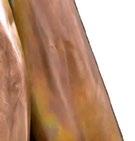
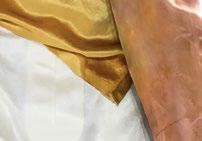
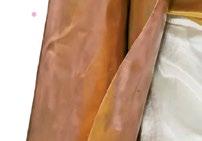
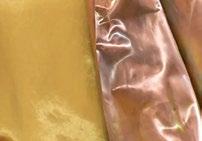

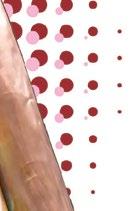
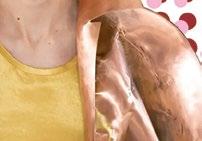
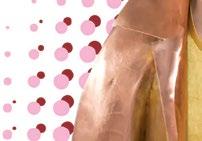


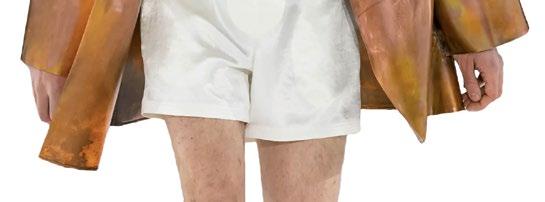


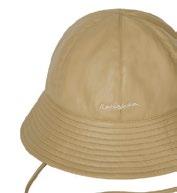





















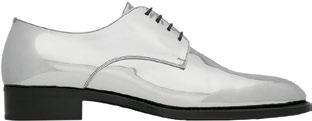












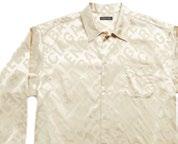
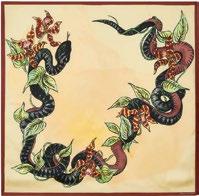
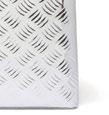




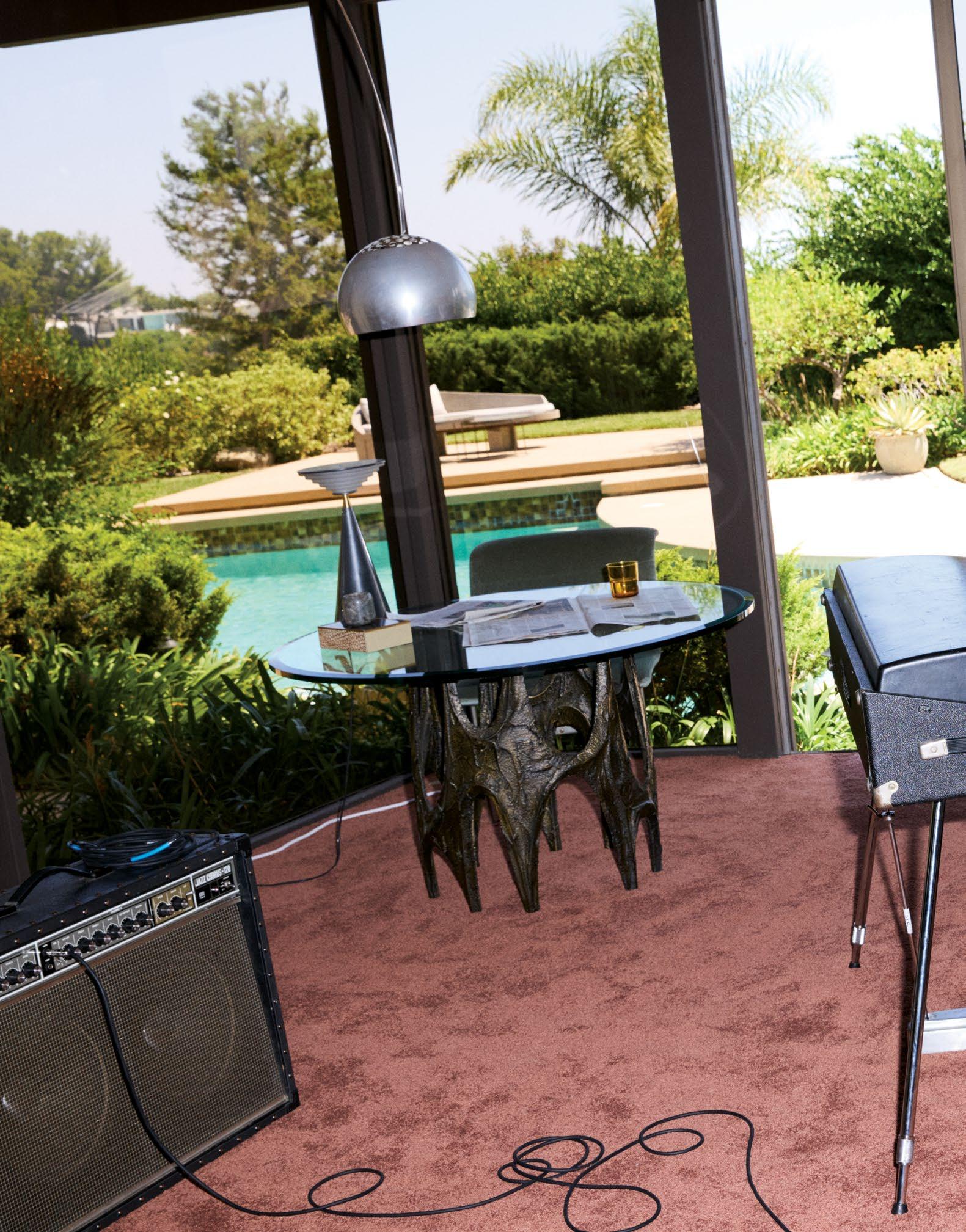
Jeff Goldblum is famously charming: a talk show star, a style icon, a rare Hollywood actor who doesn’t mind at all if members of the public approach him. In fact, he welcomes it! “I hope in these interactions I don’t humiliate myself and overshare,” he says. “But I hope I don’t disappoint anybody and hurt their feelings.” Legend has it he once booked a ticket on a celebrity bus tour of Los Angeles and pointed out to the bemused tourists: “That’s Jeff Goldblum’s house.”
Even so, that charm in action is a thing to behold, even over video call. The alert, amused face (can you think of an actor with better nostrils?), the Jacques Marie Mage “Jeff” frame glasses in gold, the debonair gray fedora, the teasing baritone. “You’re a scholar!” he says, noting the bookshelves behind me. (Behind him: a leopard print carpet.) Before long, he is relating how he read The Great Gatsby to his wife, former Canadian Olympic gymnast Emilie Livingstone, 40, on their first date.
“I like to read out loud!” he says. “I also read her The Catcher in the Rye. There are several I’ve curated now, on a shelf of interest. I read Wuthering Heights to somebody once. I read P.G. Wodehouse out loud.”
I interject that I also read P.G. Wodehouse aloud to my wife. Nothing cures stress like Jeeves and Wooster.
“We should do a play!” says Goldblum. “I think you should be Bertie, maybe, and yes, I’ll be Jeeves.”
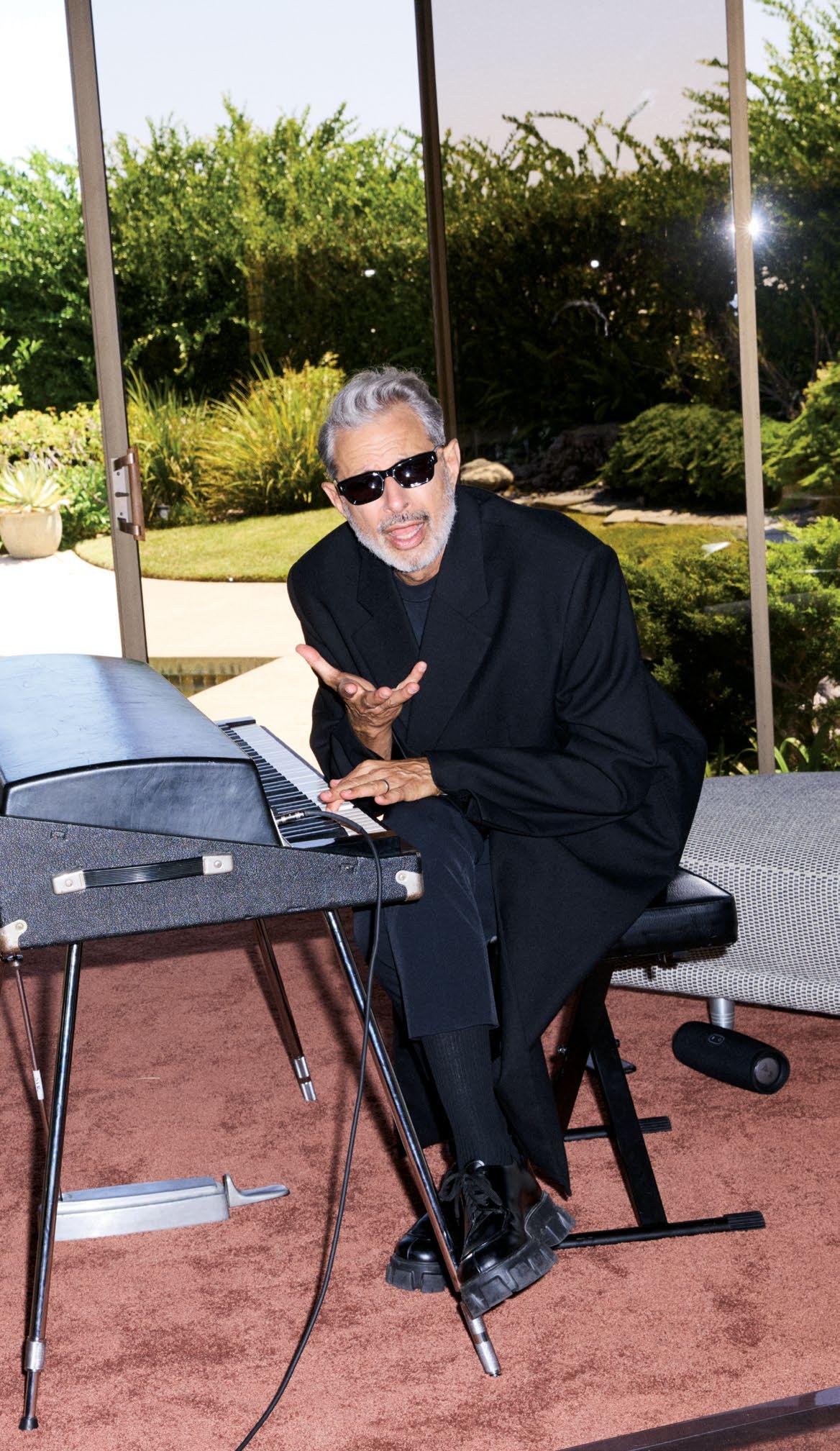
In the middle of a world tour with his band The Mildred Snitzer Orchestra, the actor-musician talks parenting, piano practice, and hitting his prime at 70
I find that I’m so disarmed by the suggestion it is only in retrospect I realize he has cast himself as the cool, unflappable butler and me as the bumbling fool.
But such is the Goldblum effect. He is a man who sets the world askew, who combines in his 6-foot-4-inch frame the charm of old Hollywood with a splash of something darker and punkier. He might be taking the piss or he might be sincerely showing you a better way to be.
Laura Dern once said of Goldblum, “He makes you so damn happy to be alive.” A lot of his friends comment on how deeply moral he is. And at 70, he certainly seems to have mastered something or other. “I don’t know what’s true across the board,” he says, laughing, “but if you make it this far, I guess you can have available to you a perspective that is soul-enhancing.” He feels at the top of his form, he says — in better shape than ever (the shirt he’s wearing is a one-of-a-kind gift from Miuccia Prada), playing piano better than ever (he’s midworld tour with his acclaimed jazz orchestra), and happier in his family life (he is on his third marriage, but this one is already his longest relationship). He also has two sons — Charlie, 8, and River, 6 — of whom he speaks with unfeigned delight.
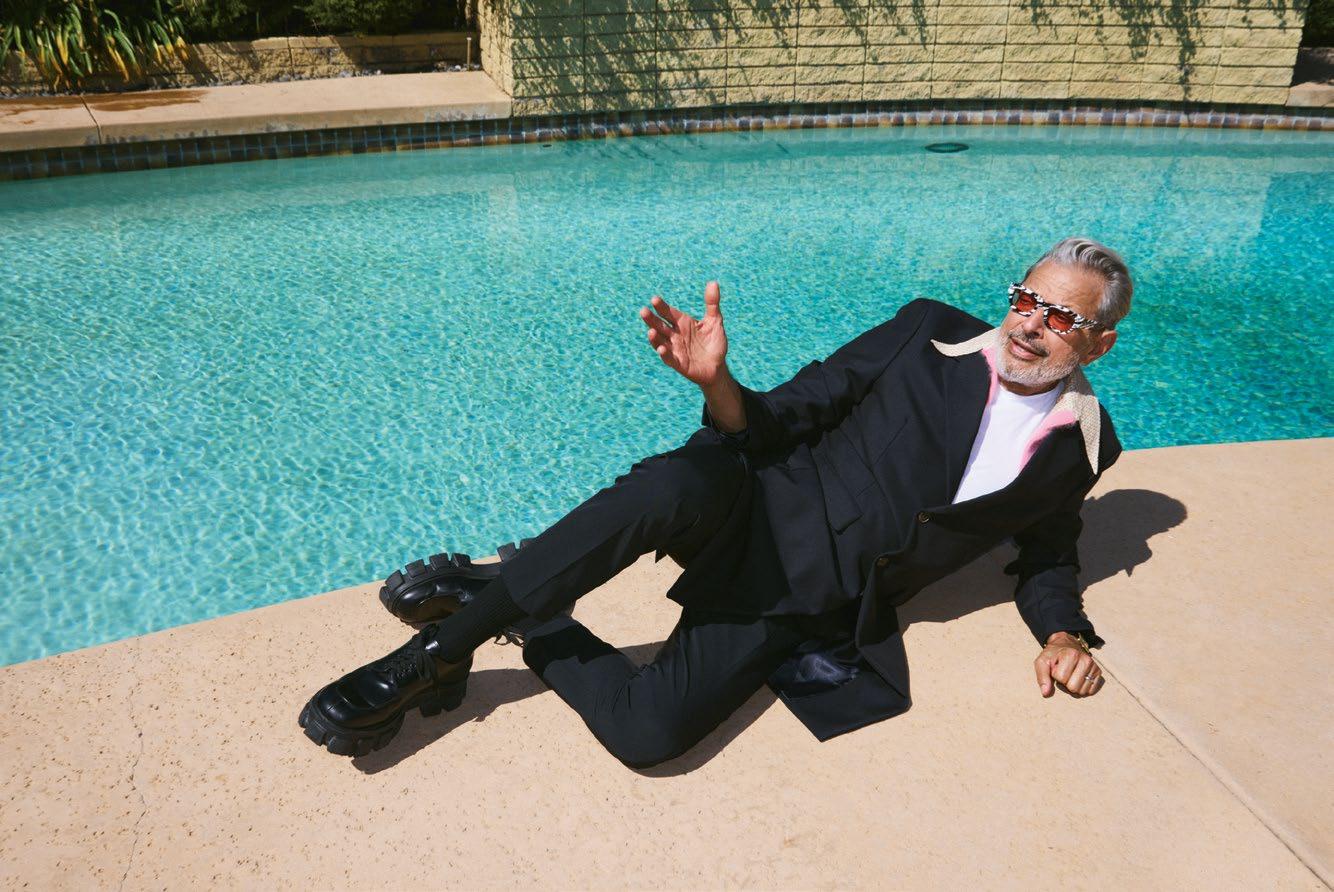
What’s his secret? “Like all of us, I have challenges and many moments in the day I need to improve upon,” he says carefully. “But somehow I had something in my system that has served me well in bringing me to this point. I can make myself work. I can make myself go to bed at the right time and eat the right food.” And then he begins speculating that maybe it isn’t free will but rather something he was born with and has little control over. “From the start, even though I had things I needed to stand up to,
I was always possessed of a kind of joyful, ebullient nature. I was full o’ beans! As I can see my kids are. They have a lot of energy and good humor and wits.”
I should say we are speaking during the ongoing actors’ and writers’ strike. Goldblum is in “full solidarity and in passionate agreement with” his fellow professionals, which means movies are off-limits. No The Fly, The Tall Guy, Jurassic Park, or playing Oz’s wizard in the two-part Wicked adaptation for the big screen. Goldblum says, “I think the more vigilant protocol is not to talk about anything within the history of cinema, which is a favorite subject of mine. We have to pretend it doesn’t exist.” And I can’t ask him about the cult Disney+ series The World According to Jeff Goldblum, which recently disappeared from the platform — presumably as a result of the sort of studio shenanigans currently being contested. Not that he would know anything about it!
Still, none of it throws Goldblum off his stride. He is a world class small-talker. He can discourse insightfully on the low
standards of street-crossing in Los Angeles (“a lot of people aren’t doing it properly”), the history of the U.S. Ambassador’s residence in Prague, or the correct way to use dental floss — but more on flossing later.
And there is his late-budding career as bandleader of The Mildred Snitzer Orchestra, which has seen him record four albums, collaborate with singers of the caliber of Robert Glasper and Kelly Clarkson, and tour the great concert halls of Europe and North America. “Music,” he says, “has that ineffable ability to contact you in a way that nothing else can.”
But I imagine being married to a former Olympic athlete 30 years one’s junior has certain rejuvenating effects. He met Emilie at Equinox on Sunset Boulevard one early morning 12 years ago. He’s a 5:30 a.m. workout type guy. She came in early because her sister had given birth the day before and she was too excited to sleep. “I saw her working out, doing extraordinary things,” he says, “so I toddled over and started to pester her.”
Did she recognize you?
“No. She did not. For one reason or another, she was interested in other things culturally. But she likes to remind me that I introduced myself with both my names.
I said ‘Hi, I’m Jeff Goldblum!’ And she thought, That was weird.”
Family life sounds cozy. “We all kind of snuggle up and gather around her as she reads, mostly French books,” he says. “Her mum was from Nantes and she grew up in Toronto. And the kids go to the Lycée Français here in L.A., which has sister schools when I’m abroad. But Emilie is a great reader. She does all the parts!”
As for fatherhood? “Fantastical,” he says. “And sometimes challenging and exhausting.” He certainly seems conscientious
about it. Screens are severely limited. “We’re vigilant that the parts of L.A. I’m not so crazy about don’t imprint themselves too early and too deeply into them.” In place of the infinite scroll: karate lessons, surf classes, improving excursions. He recently took both boys to see the Keith Haring and Jean-Michel Basquiat shows downtown and was pleased with the results, noting “they do a spectacular version of focused, passionate art-making!”
Goldblum himself grew up in a cultured middle-class Jewish household in Pittsburgh involving ballroom dancing, piano lessons, and trips to Broadway. His father, Harold, who came from a Russian-Jewish immigrant family, wanted to be an actor but became a doctor; his mother, Shirley, worked in radio before setting up her own company selling kitchenware. A picture of Thelonious Monk on the cover of Life magazine and an Erroll Garner LP his father brought him snared young Jeff’s interest in jazz. It also prompted him to take a serious interest in his piano lessons. “My teacher used to show up for the weekly lesson and I was full of anxiety and fear. He was disappointed. I was miserable.” Once they moved on to jazz, however, “I spent as long as I needed to at the piano to learn to do them. I really fell in love with them.”
By the age of 15 he was playing in the cocktail lounges of Pittsburgh. He has kept up playing throughout his acting career (he trained in New York under the great method acting coach Sanford Meisner), although it was only a chance encounter with the jazz singer Gregory Porter on a British talk show that led to his autumnal musical career. Their spontaneous duet led to a record deal, and now Goldblum plays with some of the best in the business.
» Music has that ineffable ability to contact you in a way that nothing else can «
JEFF GOLDBLUM
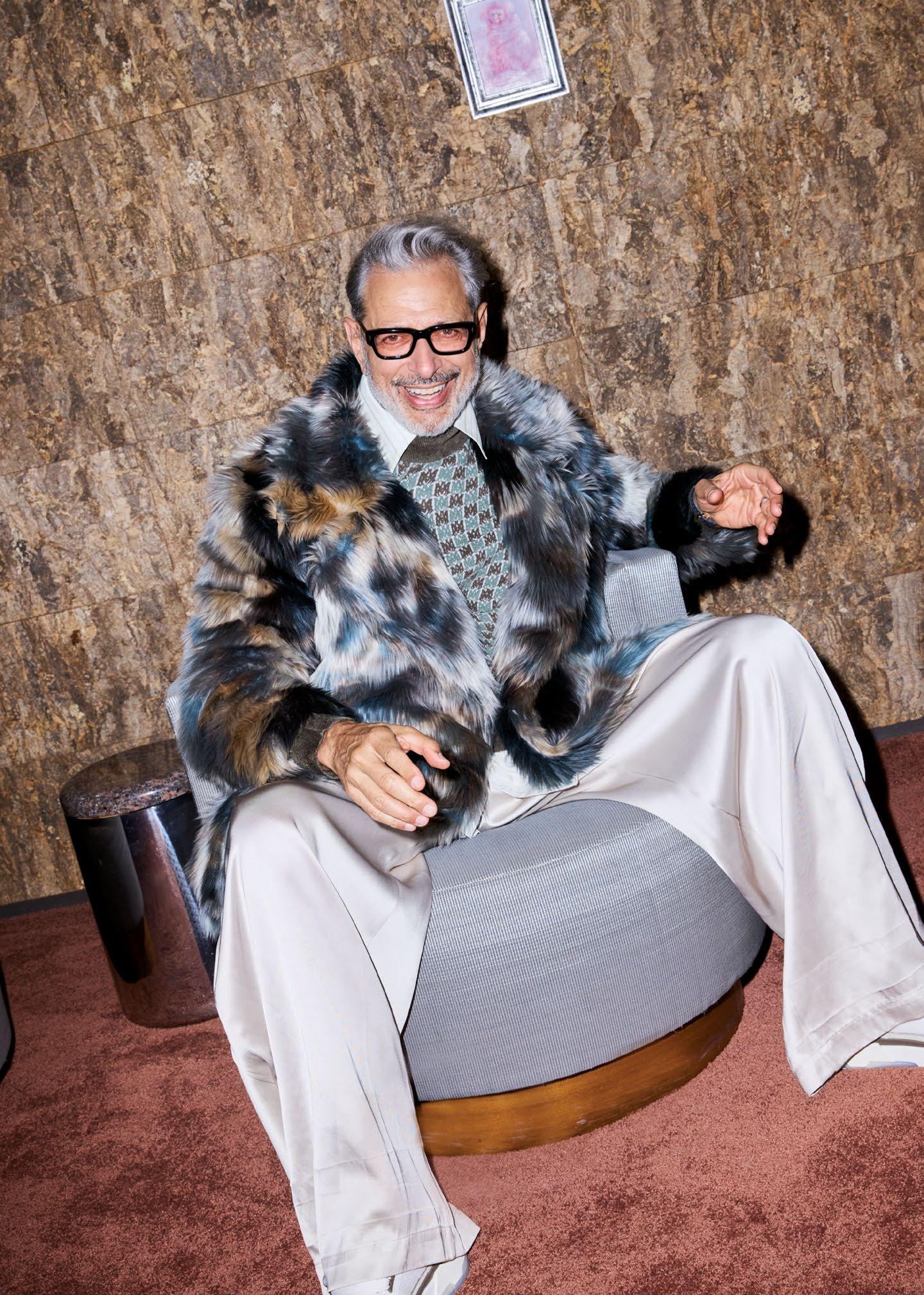
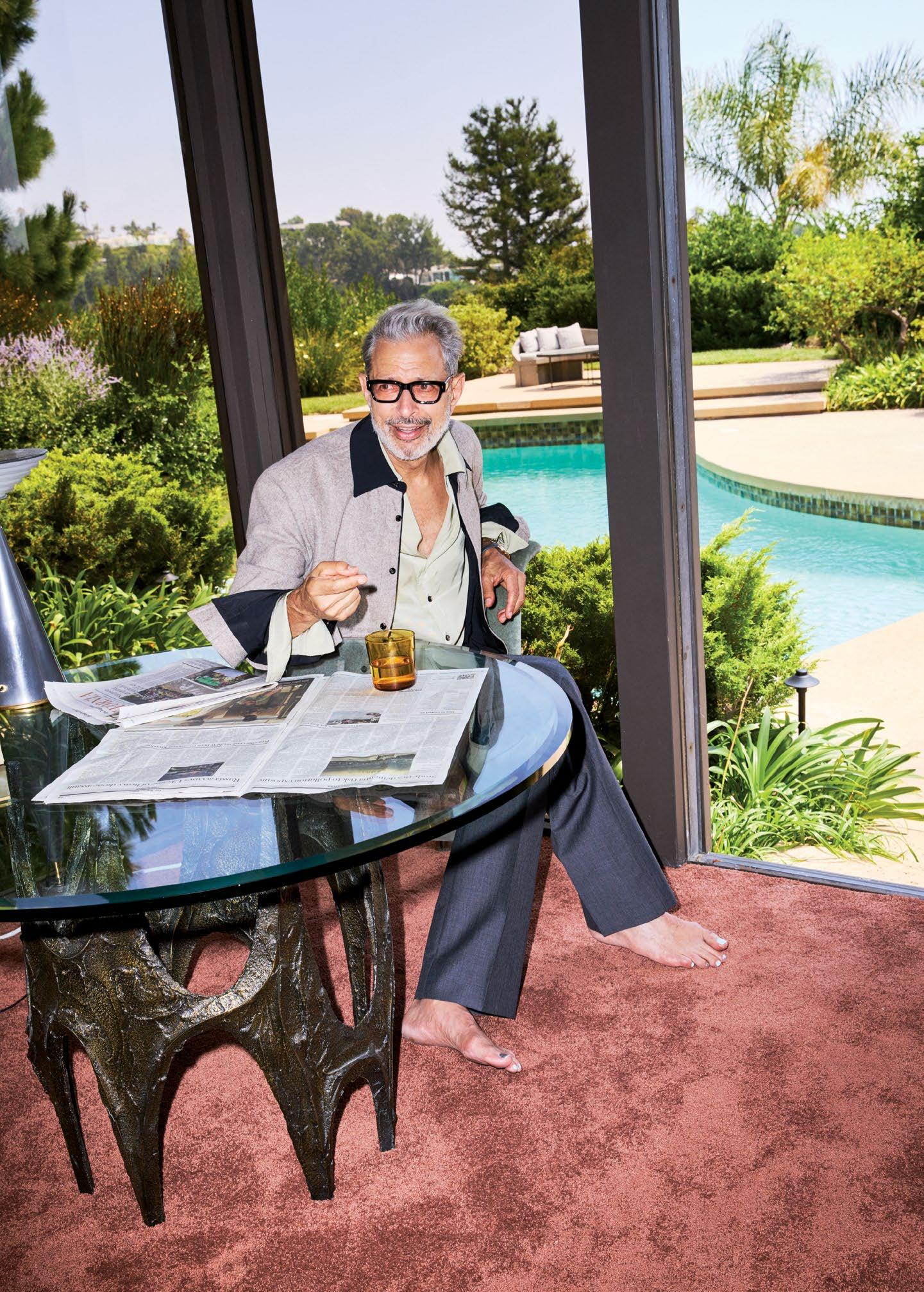
 GIORGIO ARMANI coat, $9,900, shirt, price upon request. JACQUES MARIE MAGE Jeff sunglasses, $850.
Opposite: BOTTEGA VENETA shirt, $1,200, double shirt, $1,900. Pants, stylist’s own.
GIORGIO ARMANI coat, $9,900, shirt, price upon request. JACQUES MARIE MAGE Jeff sunglasses, $850.
Opposite: BOTTEGA VENETA shirt, $1,200, double shirt, $1,900. Pants, stylist’s own.
Still, I’m sure he would be first to admit that were he not a movie star, the people at the Walt Disney Concert Hall and the Royal Festival Hall would probably say thanks, but no thanks. Does he get nervous? “Nervousness has blended into a tapestry of focus, excitement, and responsibility,” he says. “So, yes, I do, but it’s less unpleasant than it once was. But I’m nothing if not disciplined and I’m well prepared. I did my homework assignment on my piano this morning. I know what our set list is going to be. I know what I need to investigate and practice and I’m ready. Like in acting, you want to be prepared enough that you can improvise. So you can let it go and take a flight of spontaneity.”
Goldblum stresses that he wasn’t always so in command. His parents placed a lot of nourishing things in his path, but they also had an “old-fashioned family identity” that he found stifling and wanted to escape. He recently revealed that his father subjected his oldest brother, Lee, to gay conversion therapy. Goldblum described his father’s treatment of Lee as “conspicuously cruel at times.” The middle brother, Rick, died of kidney failure when Goldblum was still a teenager. When he was at acting school in his early 20s, Goldblum asked his parents to stop contacting him because he needed to find his own “self-reliance.”

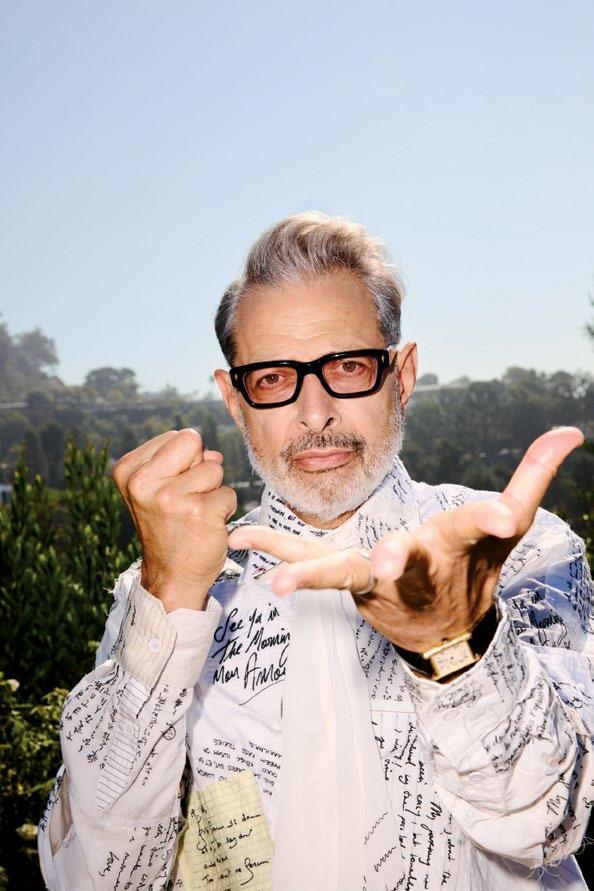
The knowledge that Goldblum’s father also lost a brother at a young age has since tempered some of his anger. Goldblum’s older son, Charlie, is named after this lost uncle. “I keep learning many things,” he says. “People often report that once you have kids, you start to appreciate your parents differently. I remember being in Little League baseball when I was 10. My father lost his brother Chuck in the war. Chuck was a very talented athlete and a basketball star at Westminster University. He went down in a plane, was never found at 23. It changed my dad’s life, emotionally and psychologically. I was most athletic of the three and my dad loved to come to the games. But it made me nervous. At some point, I said, ‘Dad, can you not come to the games?’” He winces. “I can’t imagine if my kids said, ‘We don’t want you to come.’”
He is swift to blame himself for the rupture with his parents. “Any difficulty, I’m sure, came from my own lack of imagination
and empathy or compassion,” he says. “But I think I had a healthy appetite for independence in my thinking. I didn’t want to hurt them. But I felt I needed to get on my own two feet somehow. And I hope my own kids have a version of that.”
He is certainly keen that they develop some good habits of their own — not least, practicing piano every day. “You can’t really get anywhere by just doing it once a week,” he says. “You have to take what the teacher has given you and practice, practice, practice. Emilie is no stranger to discipline and good habits, and that helps. And they’re coming along, I’ll be darned!”
Cultivating good habits is a theme Goldblum returns to, and raising children has clearly reinforced his ideas. If he does have a secret, it is this, he reflects.
“Well, you know, if it’s up to us — if we have authorship of our lives at all — then I think committing to do one thing or another is important. Like working out. You say, well, a day isn’t a day if you’re not taking care of that — like brushing your teeth. With kids, you see how that habit is instilled. You become your own inner voice: must brush your teeth, must wash your face, must take care of your hygiene.”
As a “late bloomer,” he says, this idea of “ever-upward spiraling progress” appeals to him. “So I can tell you, with my oral hygiene for instance, I am making continual steps even at this late stage.” He laughs. “My flossing is getting better and better, as is my brushing. I’m getting better at locating all the edges of the gum that really need to be attended to — including all the way back there.” He mimes the correct way to floss at the very back. “And then the front teeth, you have to go gum down, gum down. And that takes a little mechanical habit. And I get better at it.”
It stands to reason, he thinks, if you can take something as humdrum as flossing as an opportunity to be present and improve yourself, a lot more can improve. “And, you know, mortality insists. This may be the last time you brush your teeth. So enjoy it!”
He is beginning to sound a little like he might just have a 12 Rules for Life–type bestseller in him — one that dares to admit the world might be funny and delightful, too. Rule 1: Floss well. “Just like teeth-brushing, I’m always trying to make my preparation and my practice time better and more effective. If you do something, sleep on it, come back the next day — it will be a little bit better if you’ve practiced correctly. It will be a little better. I’m just fascinated with that. Organic growth! If you really, deeply understand the growth process, it’s miraculous and magical and fun.”
The same also applies, “in a nuanced way,” to relationships. “How you encounter people. How you want to leave people and situations. Figuring out the best way to do that from moment to moment. That’s a multifaceted case-by-case process.” Perhaps it is why Jeff Goldblum is blossoming at this august stage in his life. He’s had the time to get better at everything. There is hope for us all.
“I’m trying!” he says, laughing. “Maybe it has nothing to do with my own choice mechanism, but I’m interested in it. I stay interested in it. I have an appetite for it. So, lucky me.”
Lucky him. Lucky us. •
» Like in acting, you want to be prepared enough that you can improvise. So you can let it go and take a flight of spontaneity «
JEFF GOLDBLUM
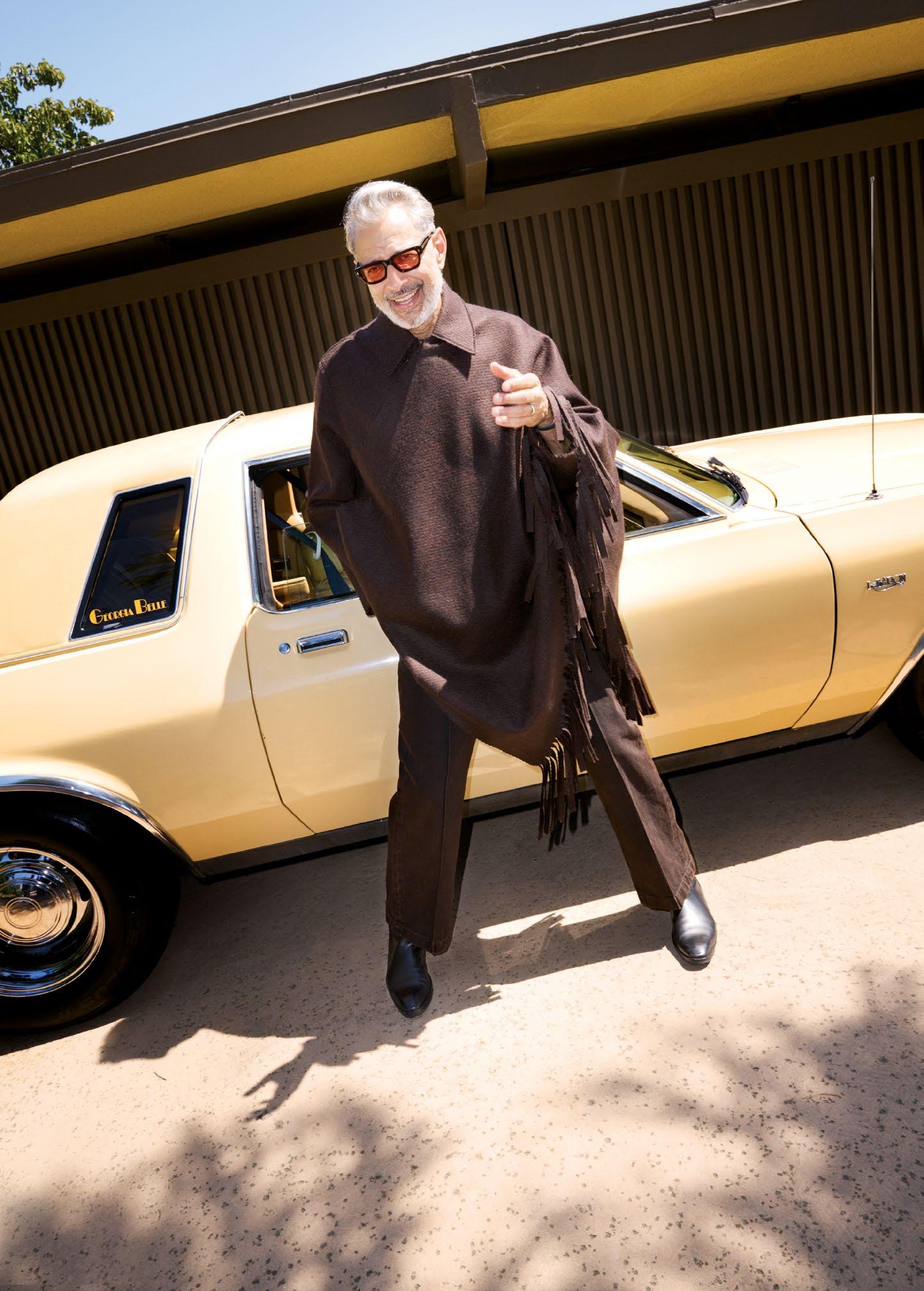
At 19, the Texan-born photographer JIMMY METYKO arrived in Santa Barbara. As he releases his new book celebrating the surfing heroes of the 1980s, he shares his first impressions of the legendary Rincon Point break
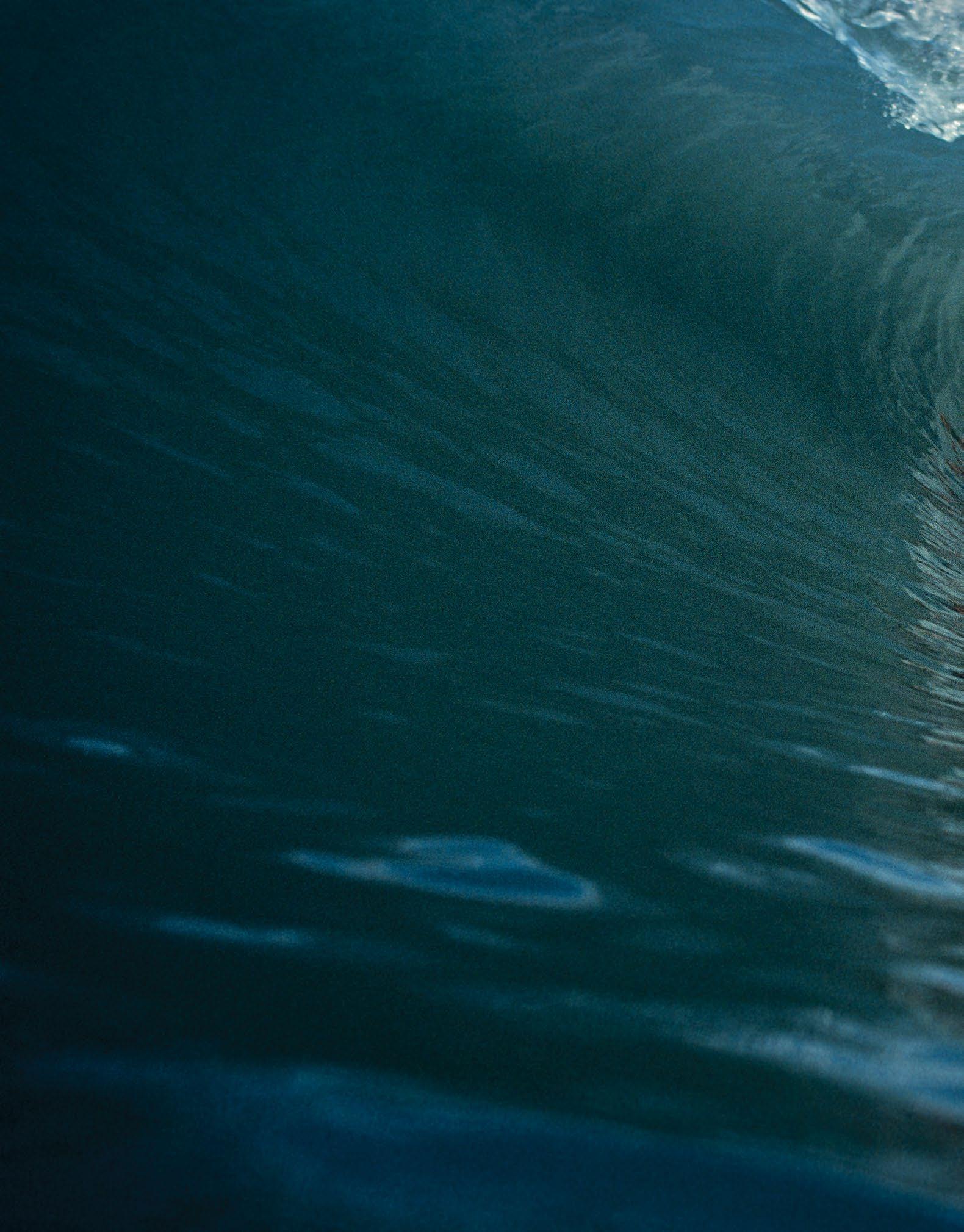
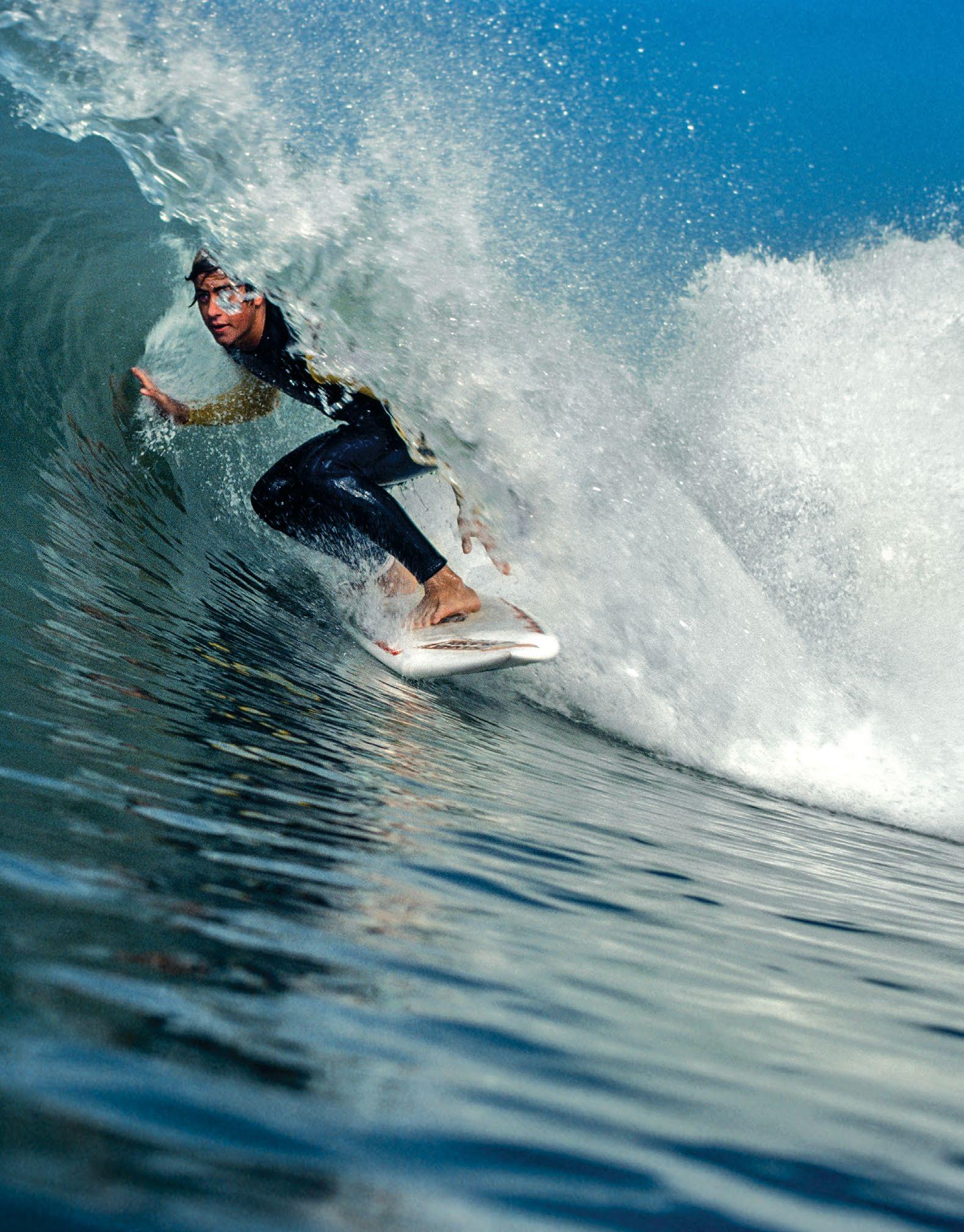
It was a sunny Saturday in January 1980 when, camera in hand, I made my way down the wellworn trail from the parking lot to the beach at Rincon del Mar, the world-renowned surf break located some fifteen miles south of Santa Barbara, California. I had traveled a long way to get there, both literally and figuratively. Nineteen years old at the time, I had grown up chasing waves along the Texas coast; calling yourself a surfer in those swell-challenged barrier islands meant that you spent a lot more time dreaming about surfing than actually surfing. We craved imagery especially, poring over and memorizing the period’s surf magazines until their pages grew thin and tattered. Unlike a lot of my friends, however, I not only studied the pictures of famous surfers like Jeff Hakman, Gerry Lopez, and Shaun Tomson, but also followed the exploits of the era’s best surf photographers, with top lensmen like Art Brewer, Jeff Divine, Larry Moore, and Aaron Chang firing my imagination as much as their star subjects did.
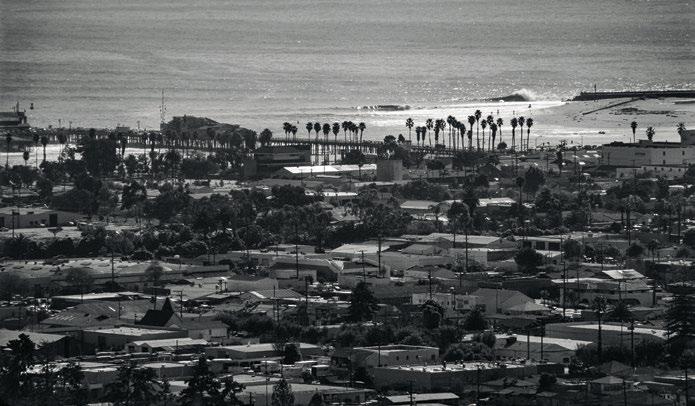
I had been around cameras almost my entire life. The sons of world travelers, my brothers and I often were pulled from school for months at a time in order to accompany our parents on their far-flung voyages. By age nine, I had graduated from holding my father’s camera bag to taking charge of shooting the family’s travel images, mastering on the go many of the important basics of photography. With all that exposure, my passion for making photographs grew more personal, to be taken

much more seriously at home between trips abroad. I even began to bring my camera along to the beach, fostering the unlikely notion that a guy from Texas could someday become a successful surf photographer. It was a crazy idea, but one that I pursued over the years with all my youthful optimism. It led to me applying to and being accepted at the Brooks Institute of Photography in Santa Barbara — and eventually finding myself walking down the trail to the waves of Rincon.
I distinctly remember it being one of those beautiful, sunny winter afternoons, the waves clean and green and folding uniformly around this “corner of the sea”— nothing exceptional for this stretch of coast, but for a surfer/photographer from Texas, like something out of a dream...or maybe like going back in time. The first wave I saw was being ridden by a surfer on a longboard, in a manner reminiscent of stylists Reynolds
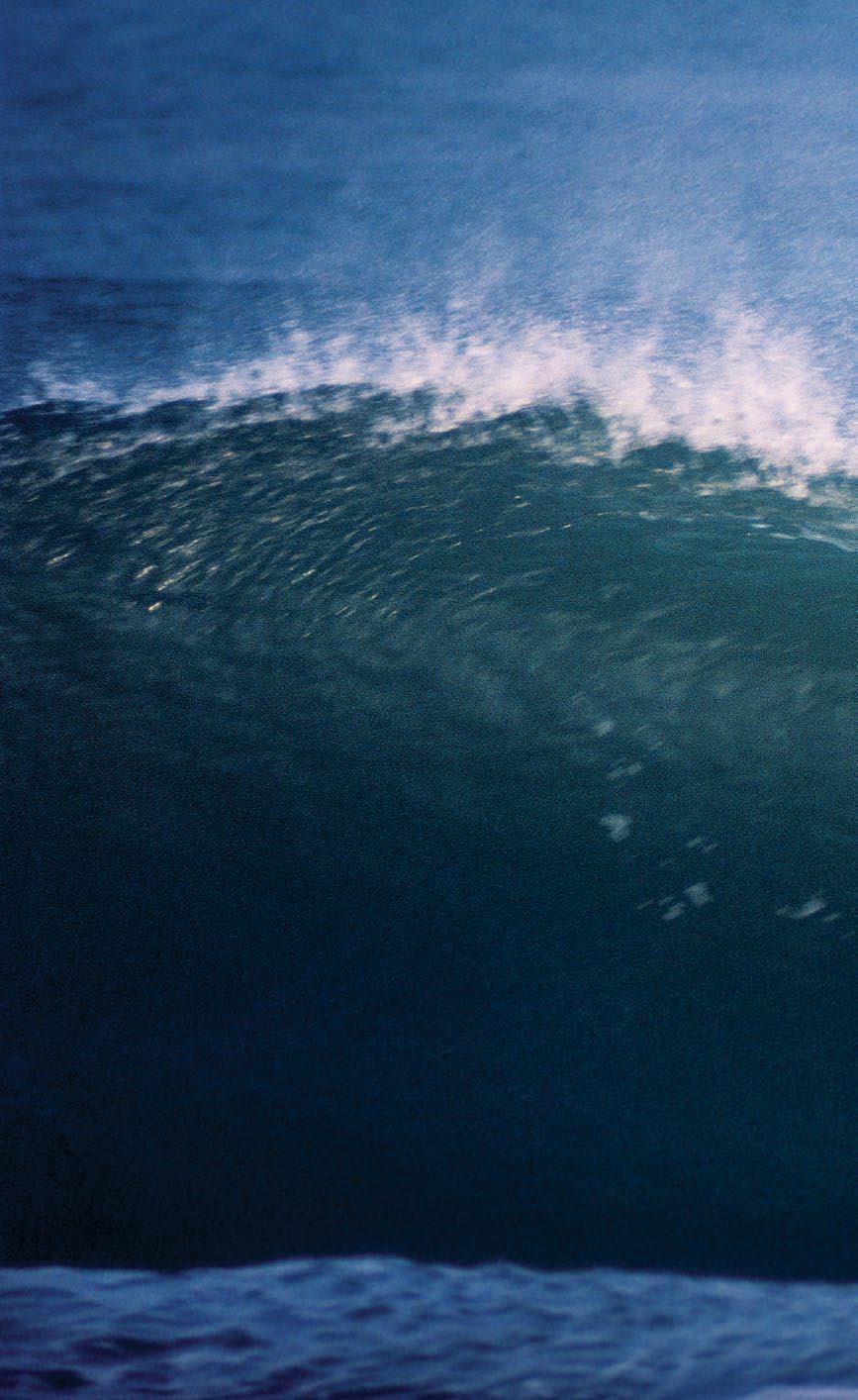
Yater and Kemp Aaberg, both of whom were standouts at Rincon in the 1960s. The next wave had two riders jockeying with each other for dominance in the pocket, both riding early 1970s surfboard shapes and sporting “soulful” all-black wetsuits, outdated beaver-tail jackets flapping. The surfer on the third wave, however, was something else entirely, something completely of this time — or, more accurately, of the future.

Clad in red-and-blue neoprene, riding a short twin-fin surfboard, this diminutive young performer already stood out from the crowd of older surfers. But it was the manner in which he rode across a clean set wave that commanded the most attention, gliding from turn to turn so precisely, so smoothly, with effortlessness beyond his years. Watching him, you almost felt as if you were riding along with him, anticipating and experiencing every crisp maneuver as he carved his way through the crowd, from the top of the
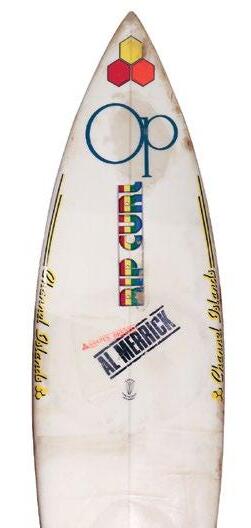
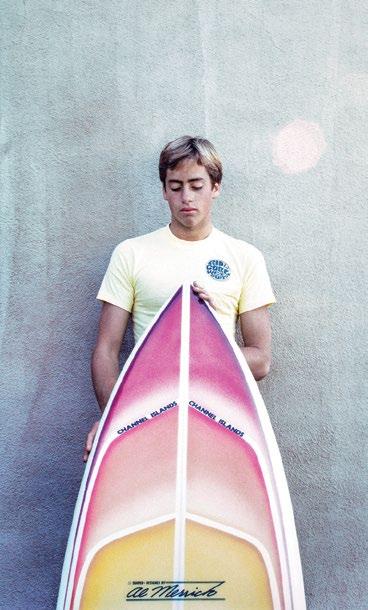
» The waves, clean and green, and folding uniformly were like something out of a dream... or maybe going back in time «
JIMMY METYKO
point all the way to the inside shorebreak at the base of Highway 101.
The young surfer was fifteen-year-old Tommy Curren, son of legendary big-wave pioneer Pat Curren, US Boys Amateur Champion, and Santa Barbara High sophomore. He was also the surfer I had come to Santa Barbara — and, more specifically, Rincon — to photograph. And here he was, on the very first set of waves I saw that day. Excerpted from Shaping Surf History (Rizzoli, $55) X

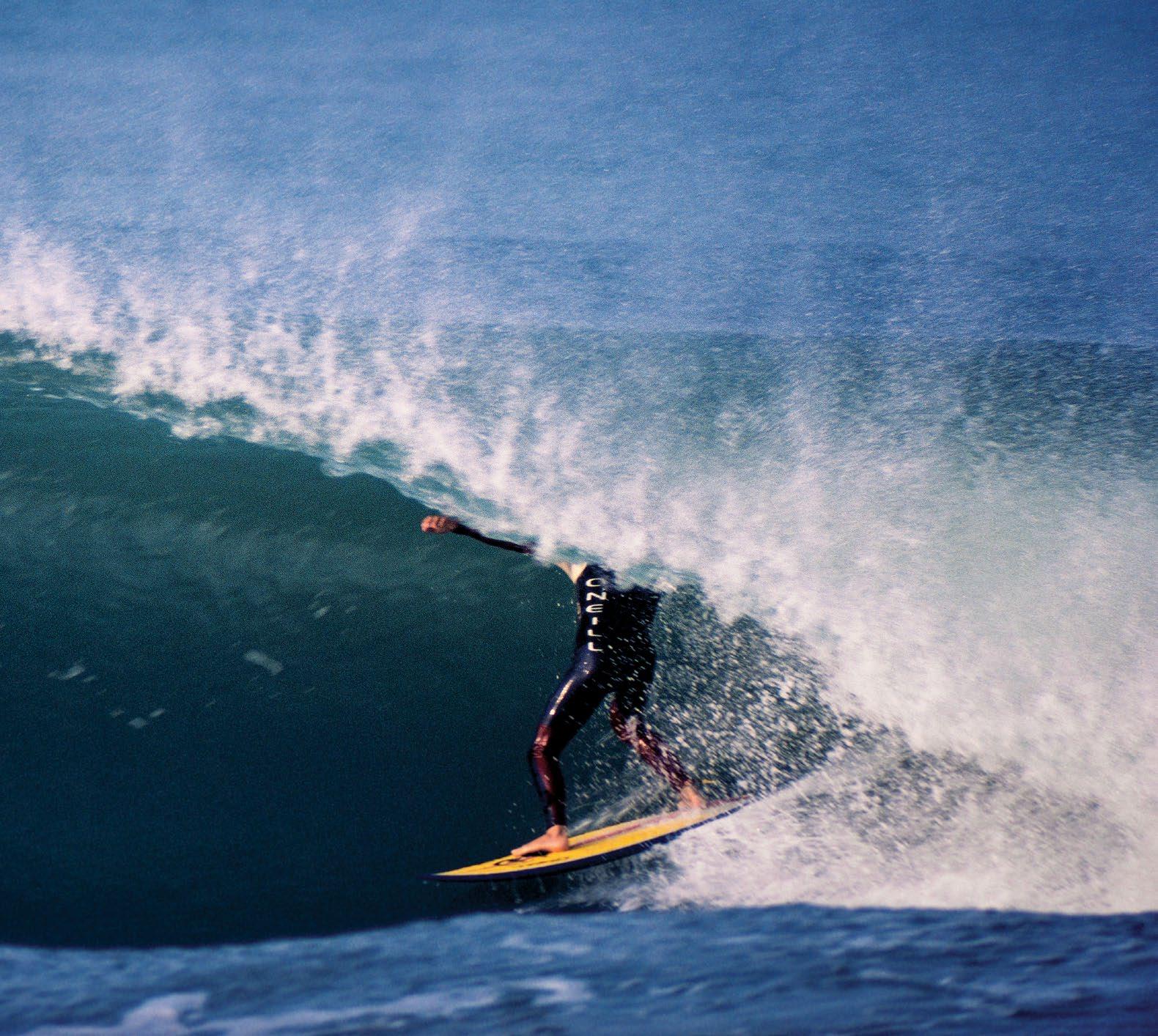
» It was the manner in which he rode across a cleanset wave that commanded the most attention, gliding from turn to turn so effortlessly «
JIMMY METYKO
By turning Golden State icons into highly collectible works, ALEX ISRAEL has soared to the highest echelons of the contemporary art world. So what’s on the horizon?
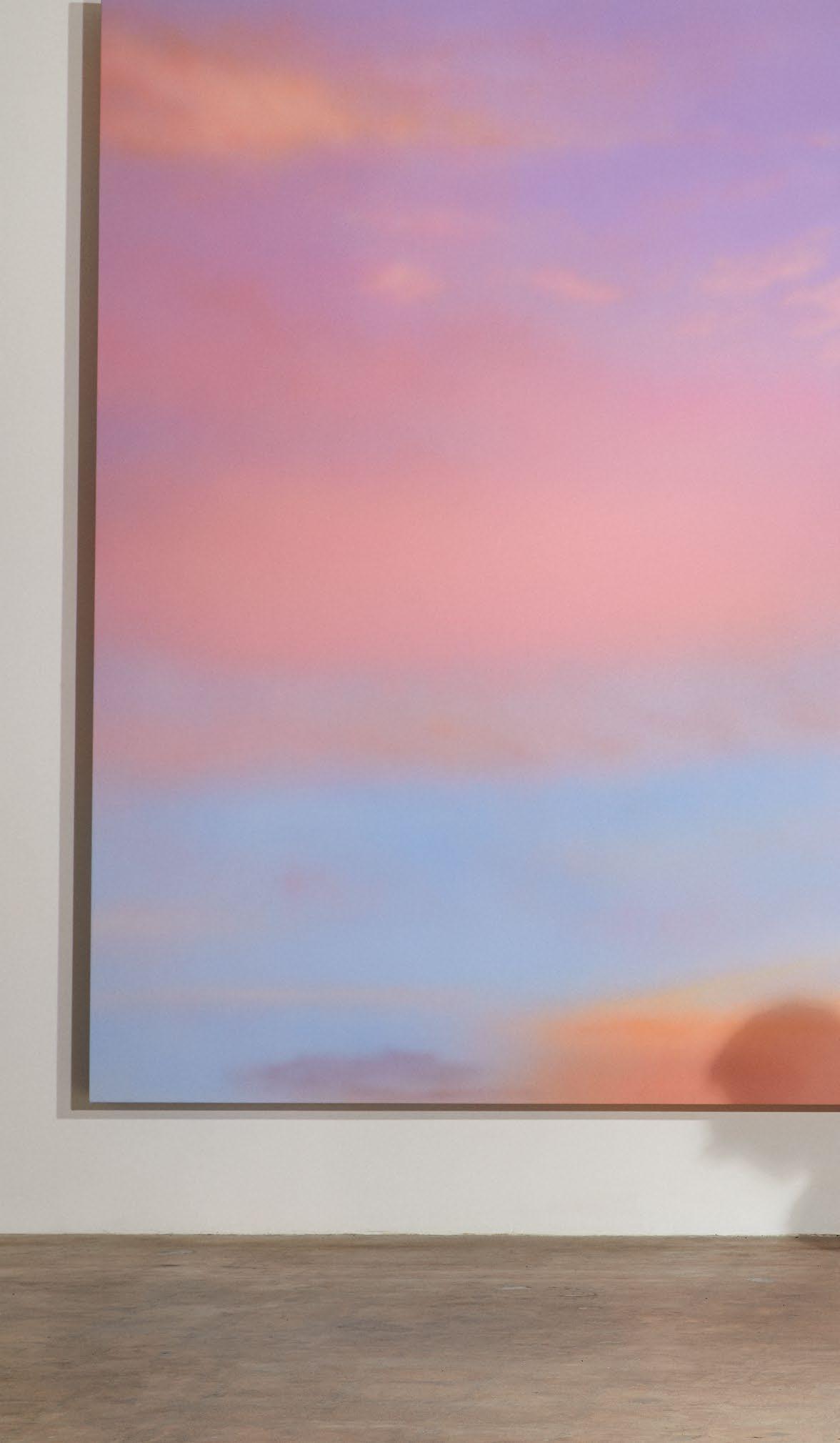 PHOTOGRAPHY BY DANIELLE LEVITT
WORDS BY KELSEY MCKINNON
PHOTOGRAPHY BY DANIELLE LEVITT
WORDS BY KELSEY MCKINNON
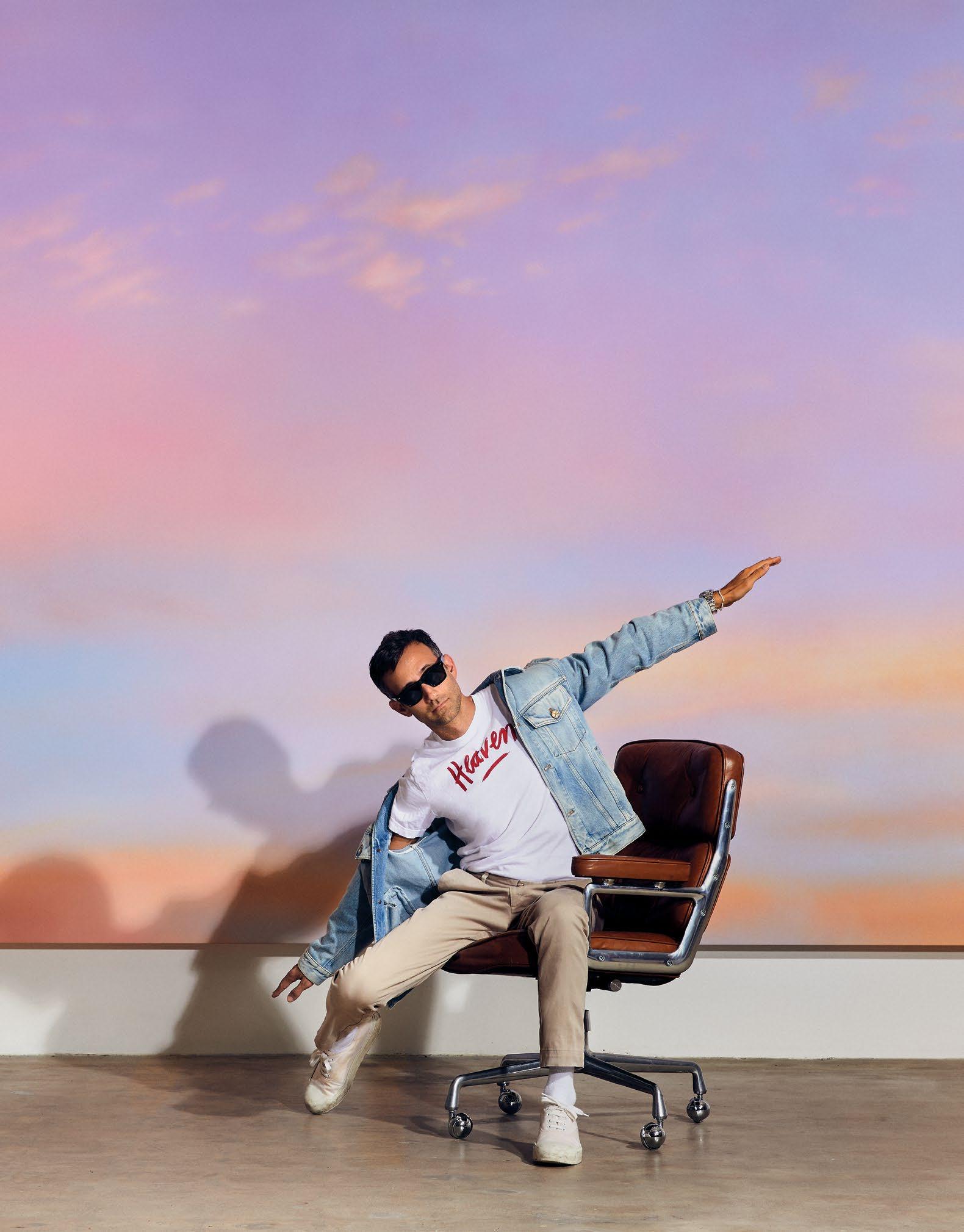
ver the past few months, artist Alex Israel’s giant plastic Fins sculptures emerged from the floor of Gagosian Gallery in Rome like a pod of technicolor dolphins breaching off the California coast. L.A.’s native son has made a career out of interpreting and reinterpreting California’s pop-laden iconography into works of fine art, from sculptures of frozen yogurt, sunglass lenses, wetsuits, and Oscar statue boxes to his recent Wave paintings. One of his earliest pieces was the deadpan celebrity interview show As It Lays, out of which his now-iconic SelfPortrait series was born (Israel’s profile originally served as the show’s logo).
As much as Israel’s work acts as a commentary on the cultural zeitgeist, he has also become enmeshed in it himself. For example, in a recent episode of And Just Like That , Charlotte sells one of his
self-portraits to singer Sam Smith. All of Israel’s paintings — from the sherbethued Flats depicting California sunsets to the ethereal Sky Backdrop series and the fiberglass profiles — are made in Warner Bros. Studio’s old scenic painting department in Burbank. Over the hill, Israel’s gallery-like Mid City headquarters is where he stages exhibitions and manages a constant stream of ideas.
At 41 years old, Israel has positioned himself at the front of the lineup, so to speak, and as an obvious successor to the artists who helped turn L.A. into a cultural capital, including John Baldessari, Jason Rhoades, and Lita Albuquerque (all of whom Israel has worked for).
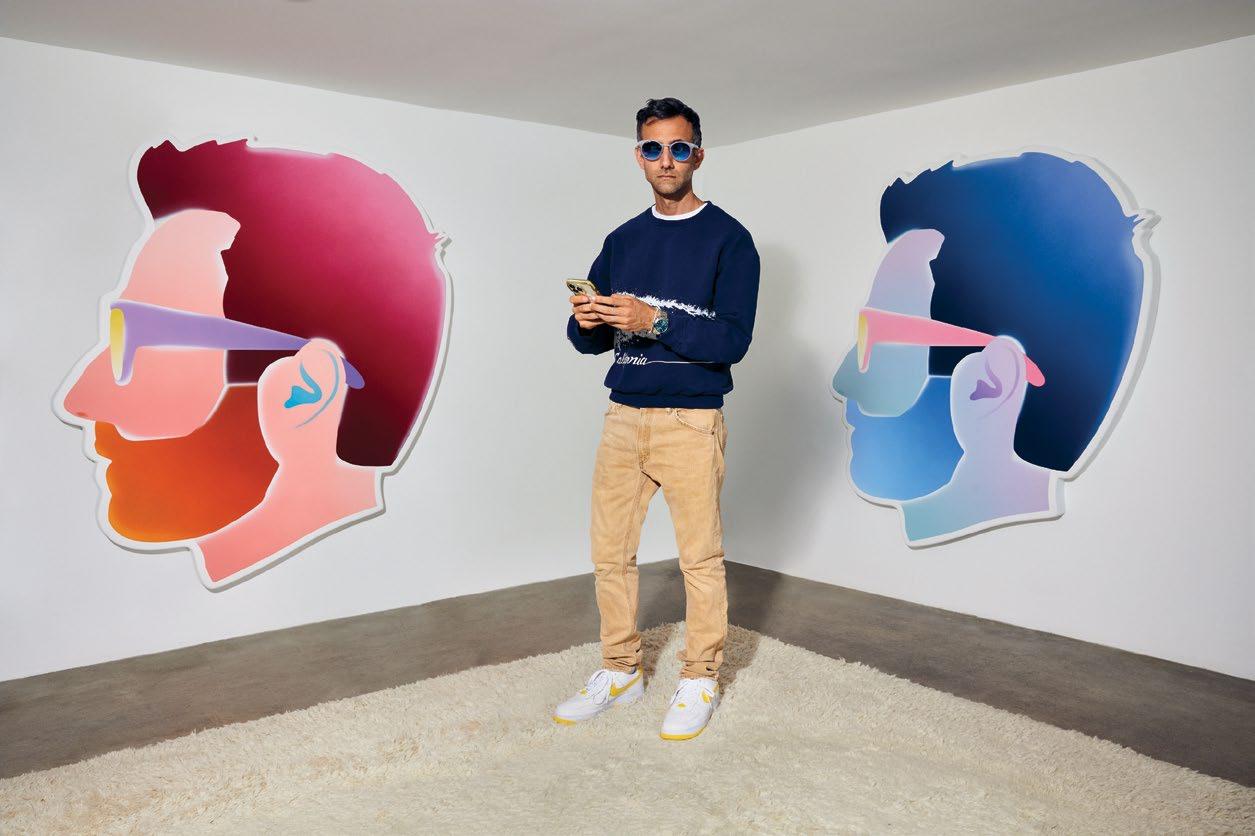
Filtered through Israel’s sun-drenched Millennial experience — he grew up on L.A.’s Westside, his father is a real estate developer and his mother is a former schoolteacher, he attended HarvardWestlake School before graduating from Yale and earning an M.F.A. from USC — his work reaches across art, film, fashion, and tech. Take his collaborations with L.A. cultural chieftains like Baywatch creator Michael Berk for a Netflix teen movie called SPF-18 or author Bret Easton Ellis on a
series of text paintings or Evan Spiegel of Snapchat, in addition to commissions for global luxury brands including Rimowa and Louis Vuitton. Although Israel has been known to use AI to generate press releases and statements, we sat down with him to hear, in his own words, about his endless source of inspiration, his tendency to double-book nightly dinners, and what’s next on his airbrushed California horizon.
Congratulations on the success of Fins, which was shown in Rome. What do you think people from around the world love so much about California?
Thank you. Making the show was a multiyear labor of love, and I’m so happy with how it all came together. I think California symbolizes freedom. It’s a place where people come to reimagine their lives and to become whomever they want to be. And the allure of that freedom is magnetic. People from all around the world are drawn to this idea, this sense of possibility that is the California dream.
How did you create the fins?
I still work with the fabricators at Warner Bros. to make the majority of my work. The fins, however, were made in an area of Rome called Pomezia. I worked
with a team of plastic experts to perfect the colors, shapes, and engineering.
What specifically were you trying to say with these pieces?
The surfboard fin is a simple object that helps get you where you want to go. The wave, the sun, the board, the sunset, the sea life, the pelicans, the wetsuits, the SPF, the tan, the sunglasses, the sky, the custom cars, the palm trees, the fins — these are just some of a long list of details that make up this epic picture or idea of Californian freedom. I’m just zooming in on a detail and using it as a symbol to evoke this sense of freedom and possibility, but also as a means toward creating what is hopefully a joyous, humorous, immersive sculptural experience of color, light, and space.
So much of your work explores the iconography of California. How and when do you find inspiration?
I find inspiration mostly when I’m in transit, like on my morning walk for coffee or a protein smoothie, driving to work with the windows rolled down and a favorite new pop song on repeat, hearing the notification that the Fasten Seat Belt sign is now on and the descent toward LAX is imminent. In situations
» California is a place where people come to reimagine their lives and to become whomever they want to be «
ALEX ISRAEL
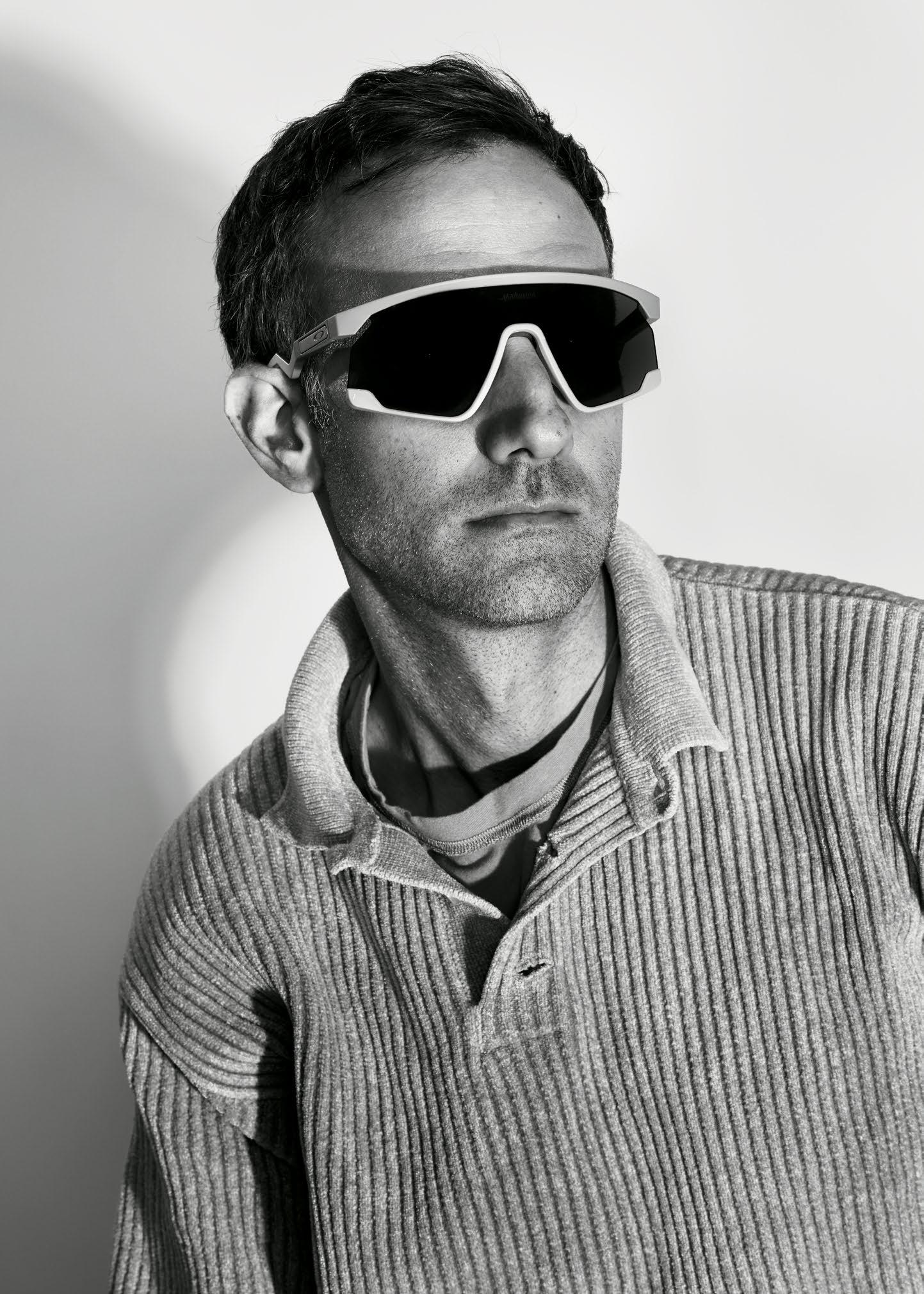
like these I’m really able to relax and think creatively. I’m endlessly fascinated and never not inspired by L.A.
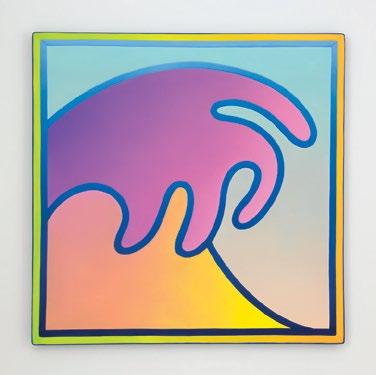
Are you planning to build on the Fins series or are you working on something else now? How do you decide what to do next?
Both. I’m working on a second iteration of Fins for a show next year in London. I’m also working on other projects, both for traditional art exhibitions and other contexts. Whatever I’m working on or making generally leads me to the next thing I make. I guess it’s like a chain reaction. I’m usually working on multiple projects, so there are multiple chains. I tend to think of my work not in terms of individual pieces or projects, but rather as one life’s work, a single project. A novel can be broken down into chapters and paragraphs, but ultimately every sentence, every word exists together in service of a single, overarching narrative.
So much of your work explores ideas within celebrity culture. Now that you’ve become a celebrity in your own right, does it feel like the tables have turned? Do people recognize you on the street?
I’m rarely recognized on the street, although it does happen every once in a while. Justin Bieber is a celebrity. Zendaya is a celebrity. I’m just an artist trying to
get my work done and thinking a lot about how it might reach an audience outside the art world. So many people don’t live near museums or galleries, and I want them to experience my work as it’s meant to be seen, meaning I want people to get the actual work, not just its documentation. So that’s why, in addition to making art for gallery and museum exhibitions, I’ve always made things for the online context — YouTube, Snapchat, and Netflix — and why I’ve also always made products that circulate outside the art market. The best thing about achieving a certain amount of recognition, especially outside the art world, is that it opens up possibilities for more projects to unfold in new realms.
Your work has such a sense of optimism. Is it easy to be optimistic about pop culture and the culture of L.A. in particular?
I love trying new things. I love learning. I love invention and reinvention and the power that creativity wields in our world. I’m a naturally optimistic person, so being optimistic is pretty easy for me.
When did you acquire this new studio space, and can you share how you’ve designed it?
I moved into the space five years ago and renovated it for about a year before that. I worked with my brilliant architect friends
Sharon Johnston and Mark Lee to make the old, abandoned building work for me. The big double-height space acts like a soundstage, and it’s where I shot the second season of my web series As It Lays. The front space acts like a mock gallery, so I can stage and imagine what the things I’m making might look like when exhibited for public viewing. There is enough shelf space for all my books, a little room where I can escape for a nap, and even a small built-in doghouse for my late cockapoo, Mr. Brown. It’s a space where I can work, read, think, and entertain.
Do you have a very regimented work schedule? What does a regular day entail? What do you do to unplug?
I like to imagine that I work every day from 10 to 6, but the truth is that work starts the minute I get up at 7:30 and usually goes well into the night — more often than not, dinners and evening events focus on work. I don’t like making plans for lunch because it really breaks up the day, so I’ll meet people for morning coffee/breakfast or for dinner. It’s common for me to plan two dinners a night — an early and a later seating, so to speak — so I can see more people and get more done. I’m out for dinner just about every night. And I walk and/or work out every morning to keep myself sane. This year I’m averaging 15,000 steps per day.
How much traveling do you do on the global art circuit?
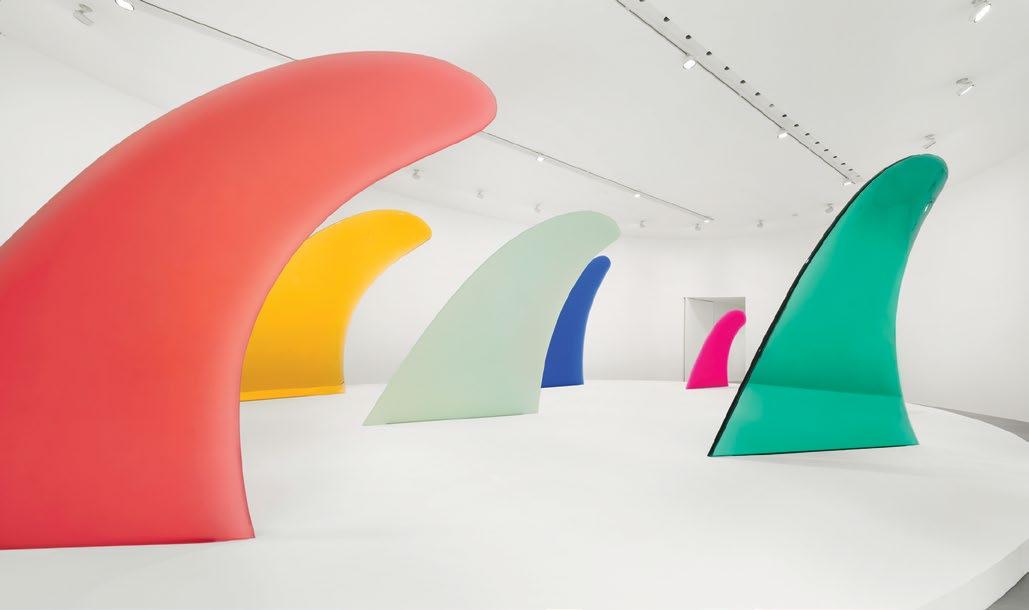
A lot! I’m probably gone between one and two weeks per month.
How and when did you initially meet Larry Gagosian? How would you describe your relationship?
A former Gagosian gallery director named Sam Orlofsky became interested in my work when I was a graduate student, followed my career thereafter, and ultimately introduced me to Larry. Larry and I have a very nice relationship. He’s engaged in what I’m doing, we discuss potential future projects, and he’ll often invite me over for dinner at home when he’s entertaining guests here in L.A.
Not to ask you an As It Lays kind of question, but what do you consider to be your big break as an artist?
In fourth grade I won the contest to design our class T-shirt, which everyone wore on a field trip to Sacramento.
Has your career been a case of a grand plan coming together over the past 15 or 20 years or has everything happened by accident?
A little of both.
We loved hearing that the animal you identify with most is the pelican. Why?
Social. Big beak. Loves raw fish and cruising up and down the coast. ●
» It’s common for me to plan two dinners per night so I can see more people and get more done «
ALEX ISRAEL

● Produced between 1950 and 1954, the first-generation Shell Chairs had a rope edge, or a ridged effect on the edges of the seat caused by indentations from the ropes used during the molding process. Next-generation models — produced at both the Zenith Plastics factory in Gardena and the Eames Office on Abbot Kinney Boulevard in Venice — had clean, straight edges because the production process no longer used rope.
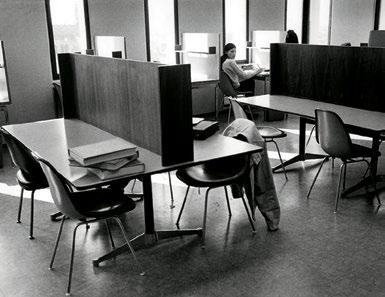
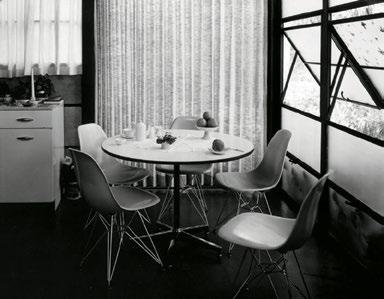
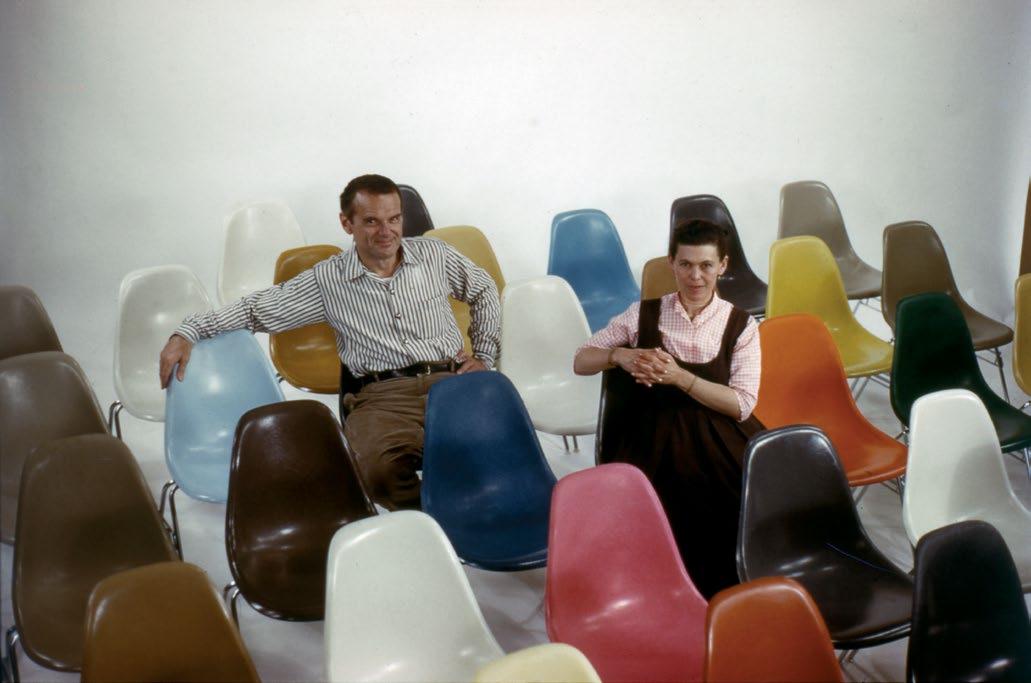
● Apart from the original three relatively muted colors, the early generation chairs were also made available in red orange, seafoam, and lemon yellow — all chosen explicitly by Ray and Charles Eames. Beginning around 1960, Herman Miller produced the fiberglass Shell Chair in as many as 26 colors, although since 2013 there are fewer than 10 hues to choose from.
● Initially designed for the home, the Eames fiberglass chairs quickly became popular for use in offices, schools, restaurants, and airports worldwide. Subsequently the chairs were developed into benches, rolling office chairs with casters, and stackable models, and even updated with upholstery. Today a variety of these Eames chairs are still produced by Herman Miller at its factory in Zeeland, Michigan, and in Europe by family-owned Swiss furniture company Vitra.

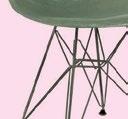

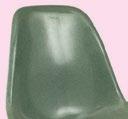
Conceived in 1948 by husband-and-wife industrial design duo Charles and Ray Eames for the Museum of Modern Art’s International Competition for Low-Cost Furniture Design, the first prototype for the Eames Shell Chair was developed in response to the need for affordable home furniture design following World War II. Using the latest technology, including a hydraulic press to mold the fiberglass material that formed the seat, the armchair was the first one-piece plastic chair that didn’t require
upholstery for aesthetics or comfort. After two years of careful redesign, mass-production for Herman Miller began in 1950 at the Zenith Plastics factory in Gardena, California. Also available in an armless version, the innovative chairs came in three initial colors — parchment, elephant gray, and greige (a combination of gray and beige) — and could be set on a four-leg wood, metal, or rocking chair base. The past 73 years have seen numerous redesigns and color changes, but for Eames aficionados and collectors of iconic midcentury design, nothing beats the original.


